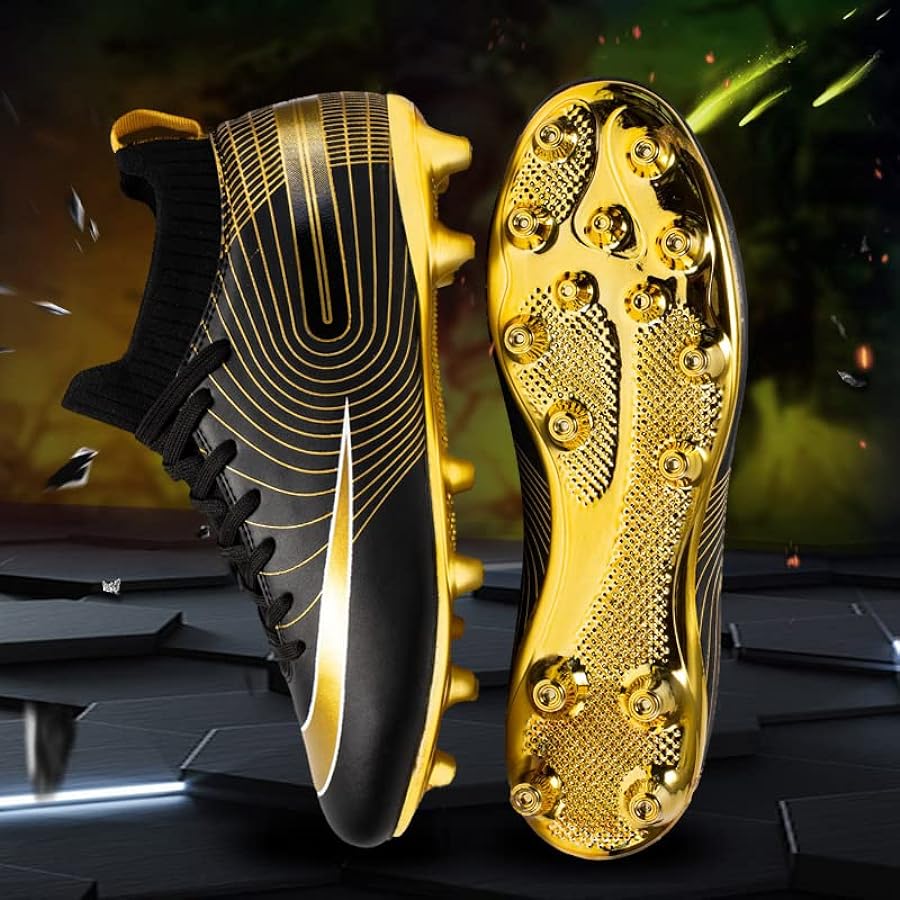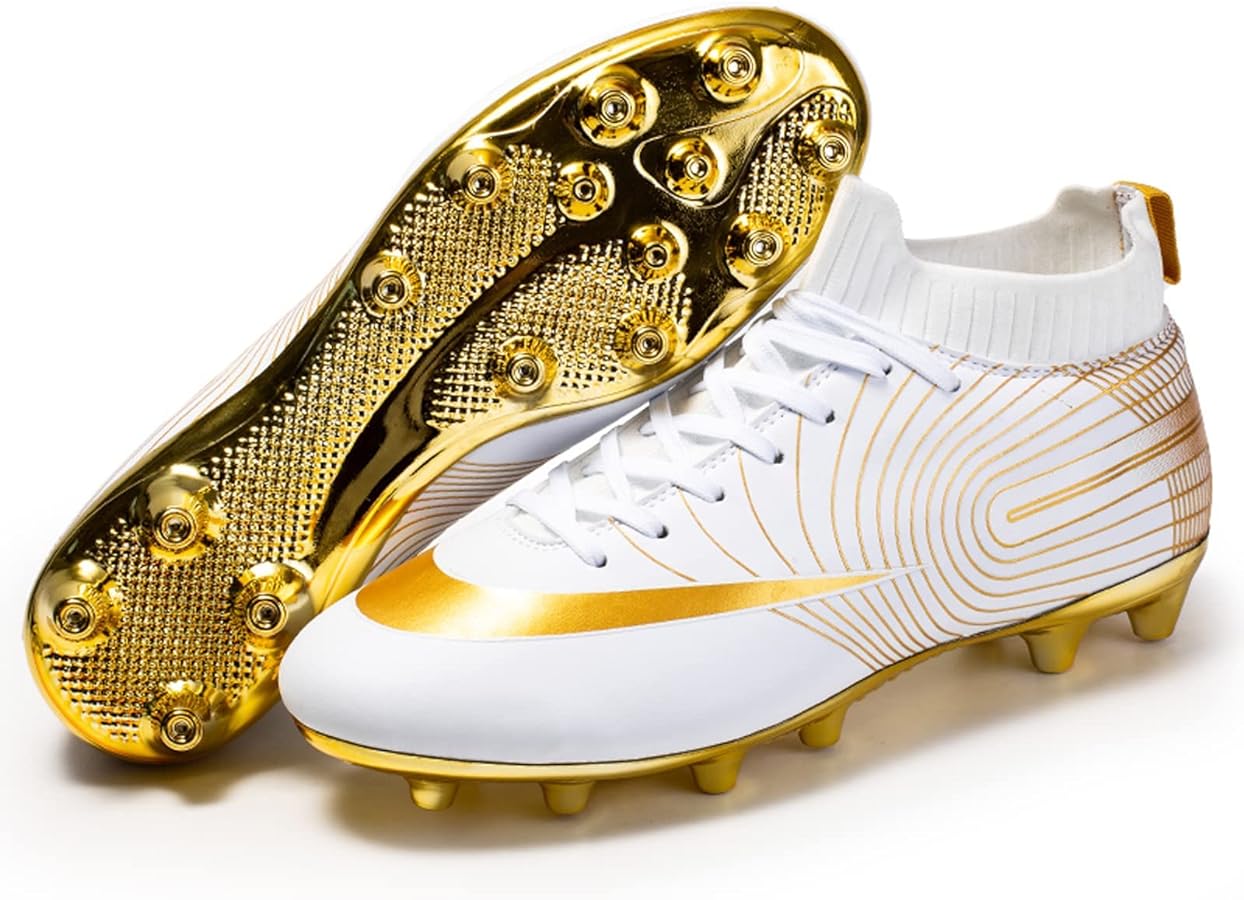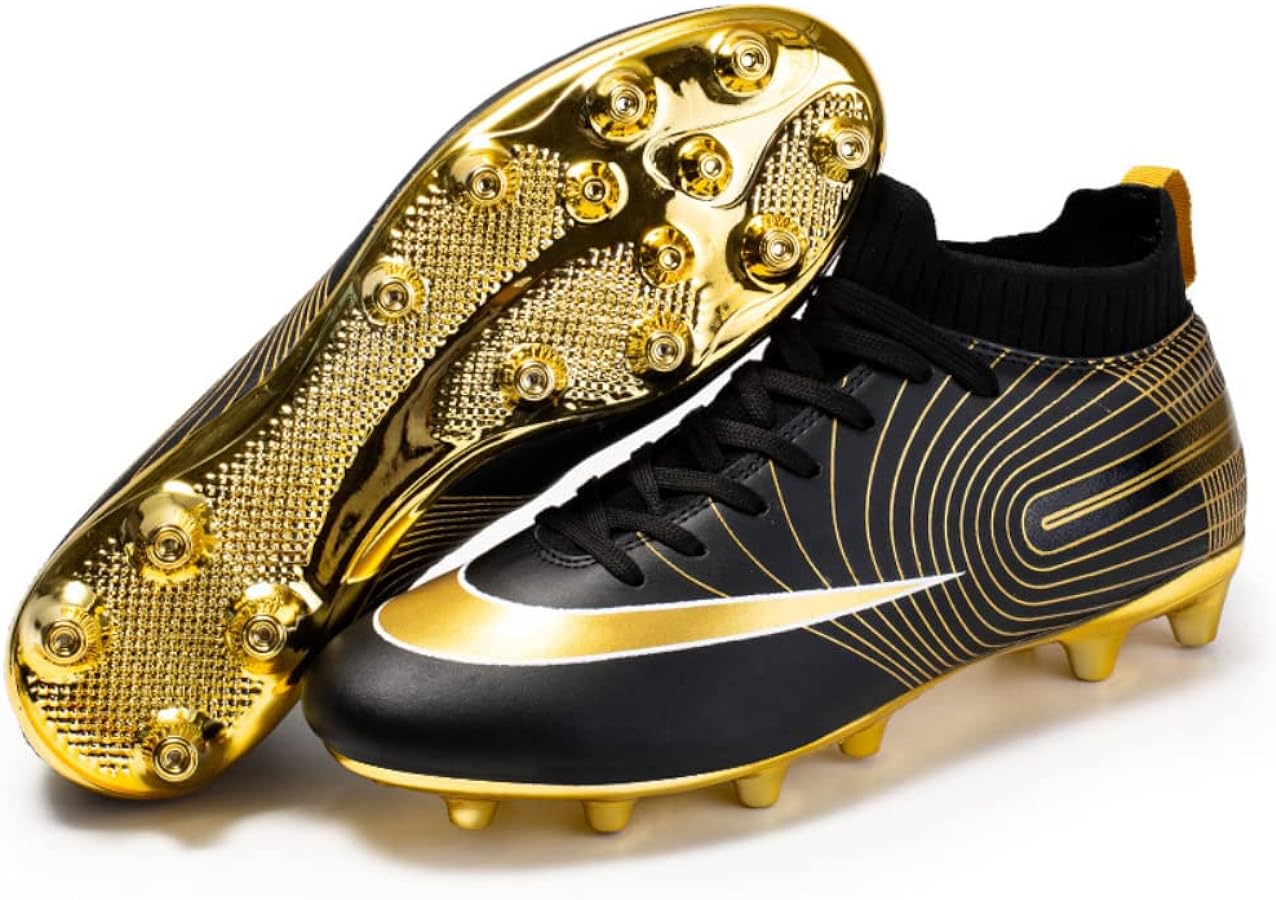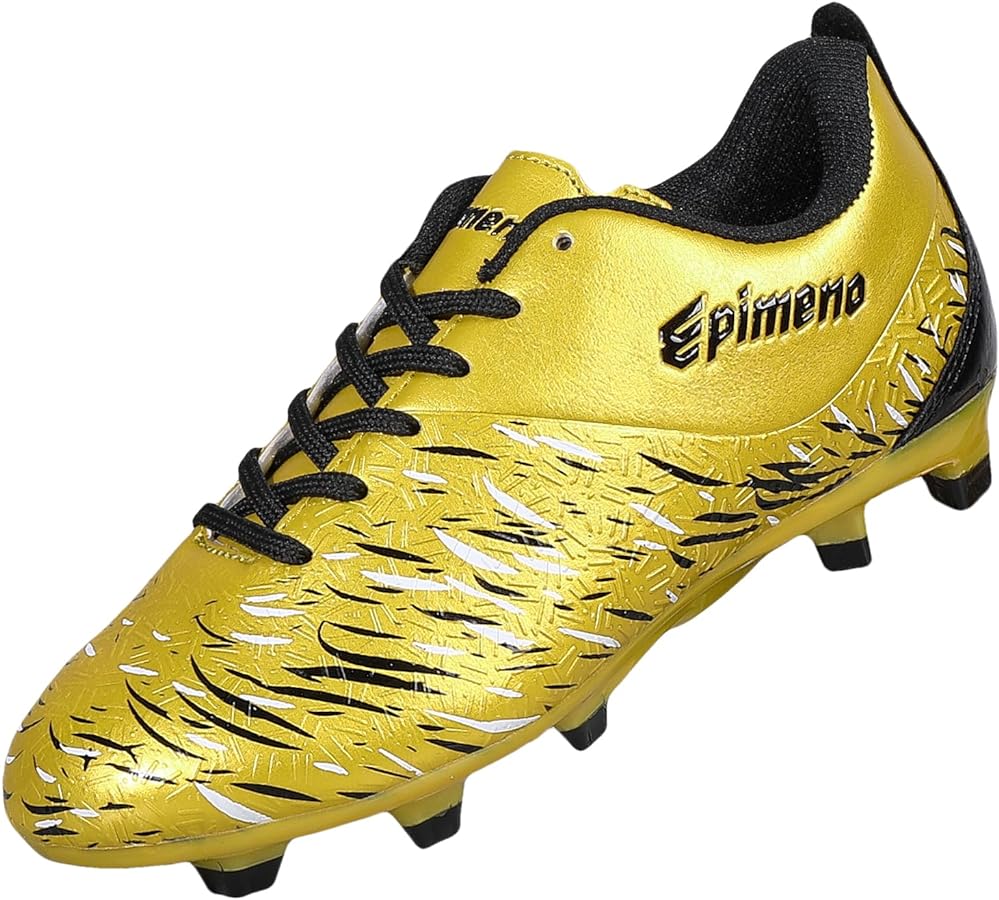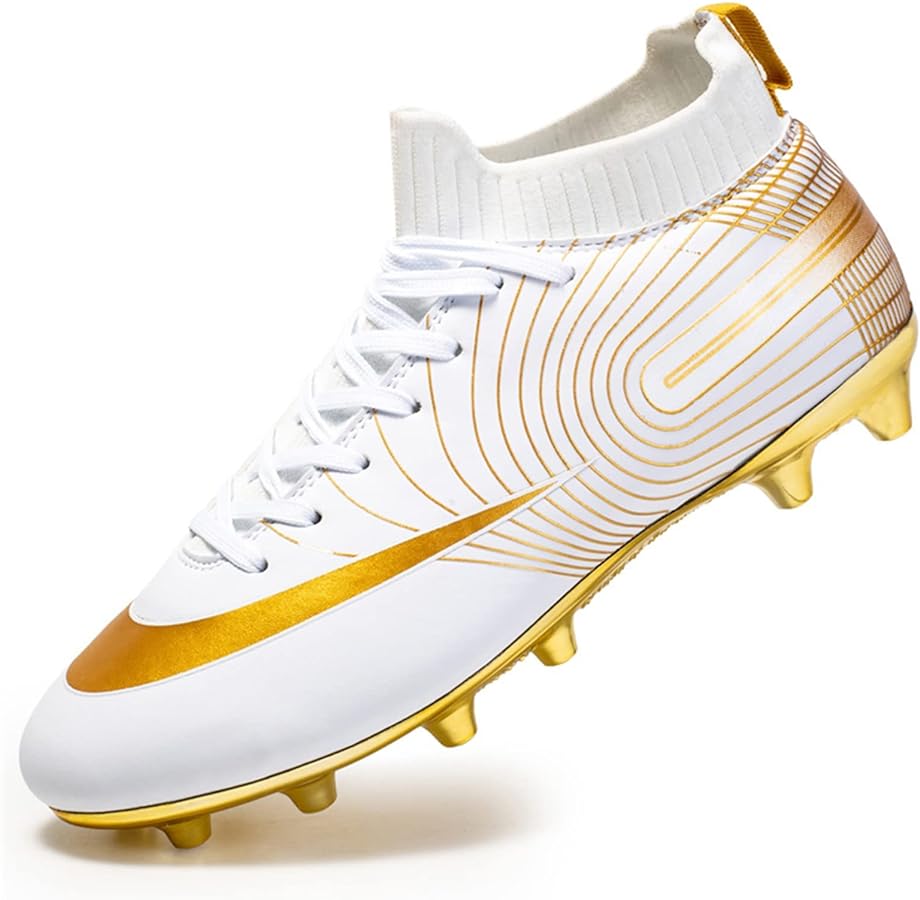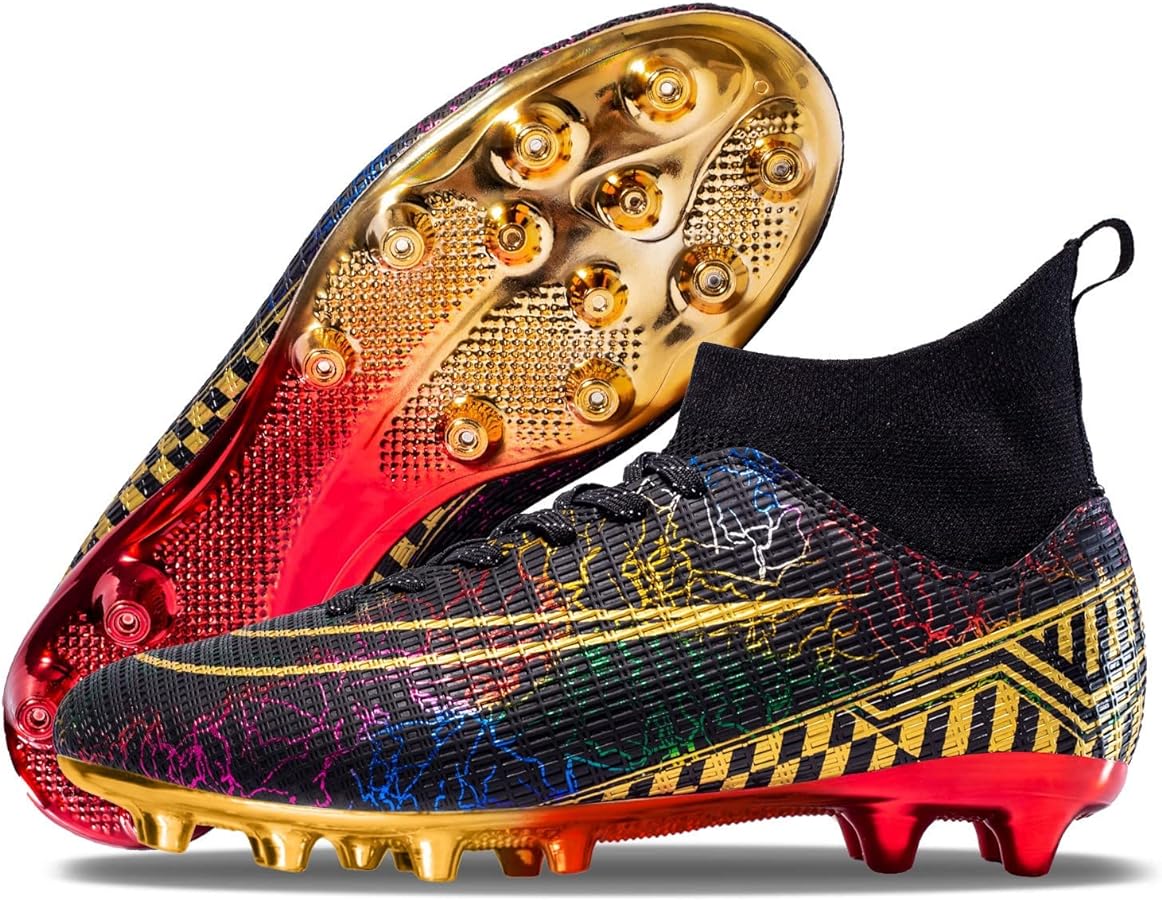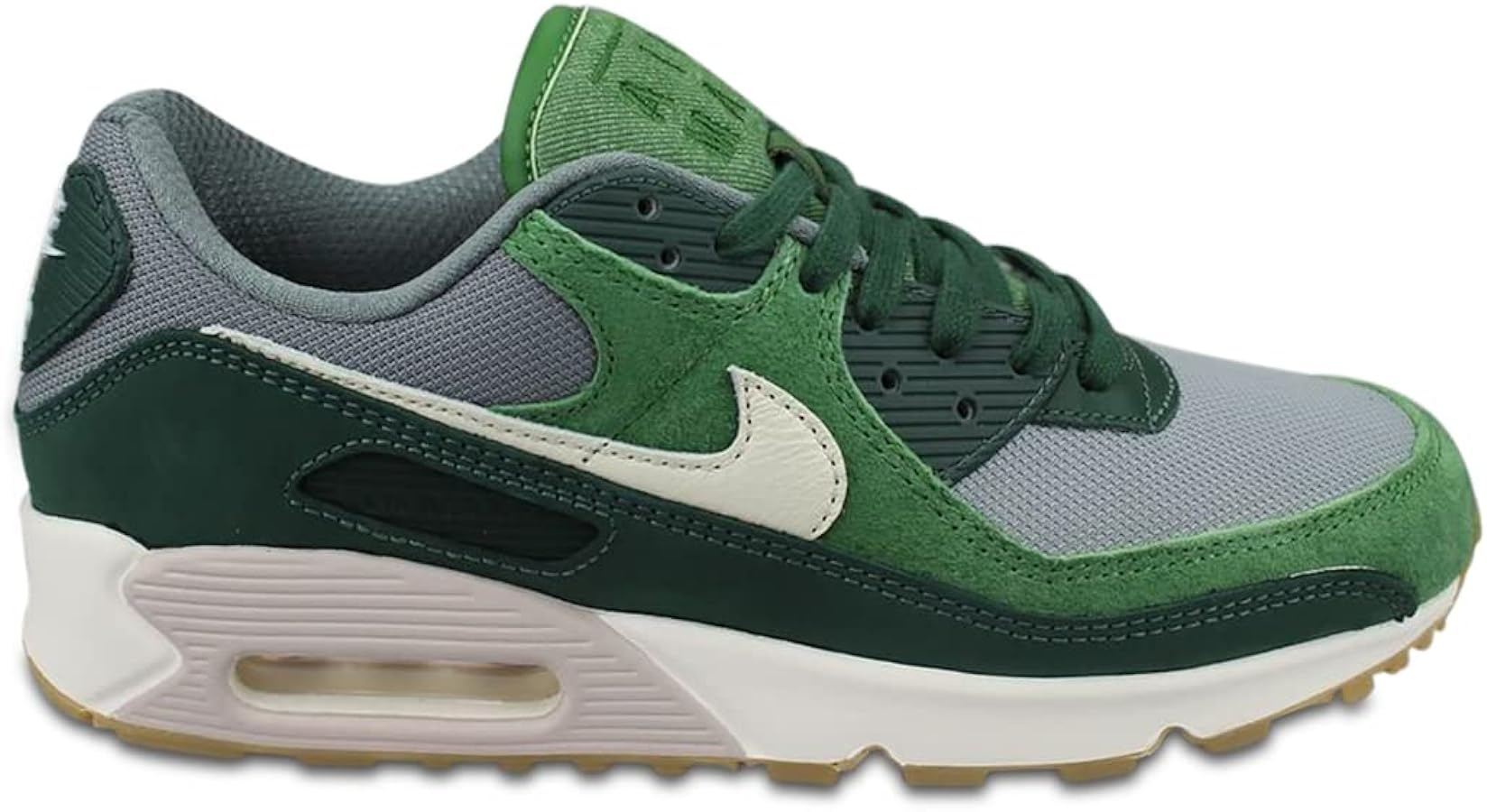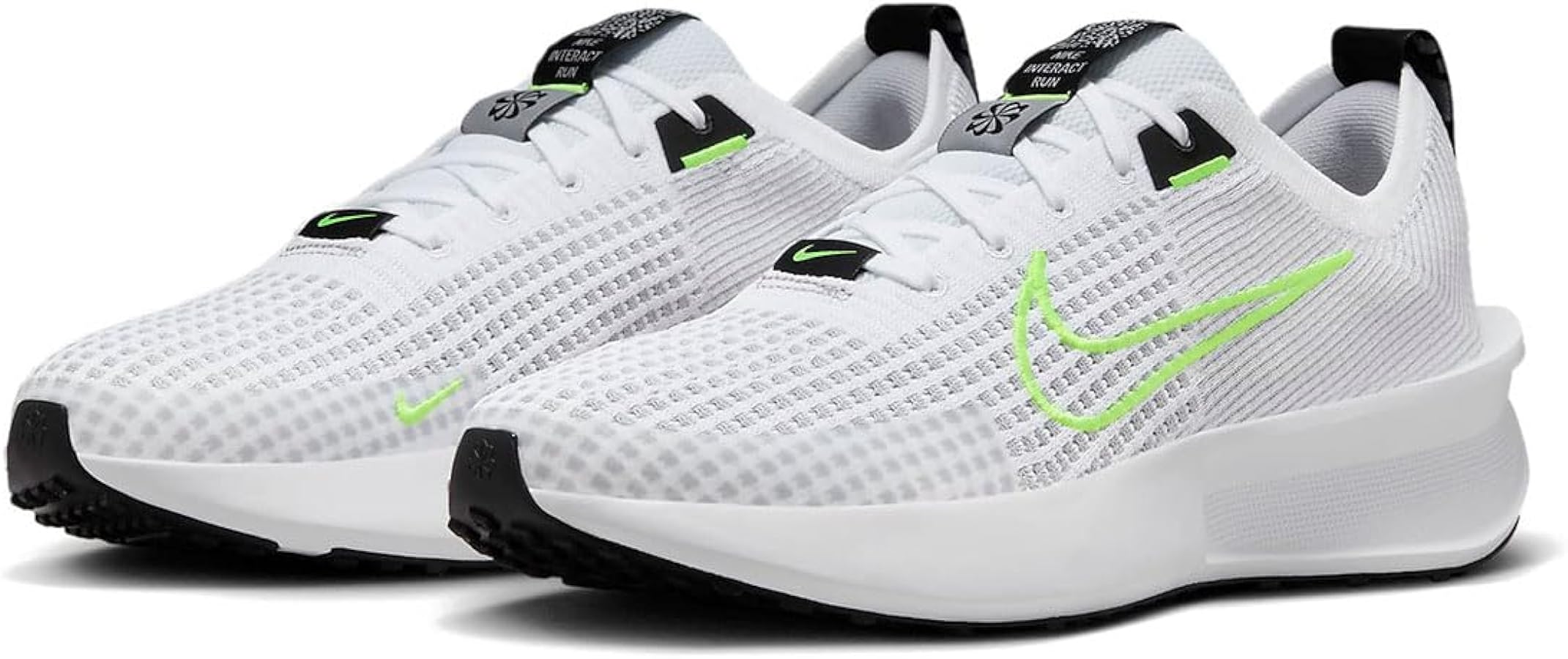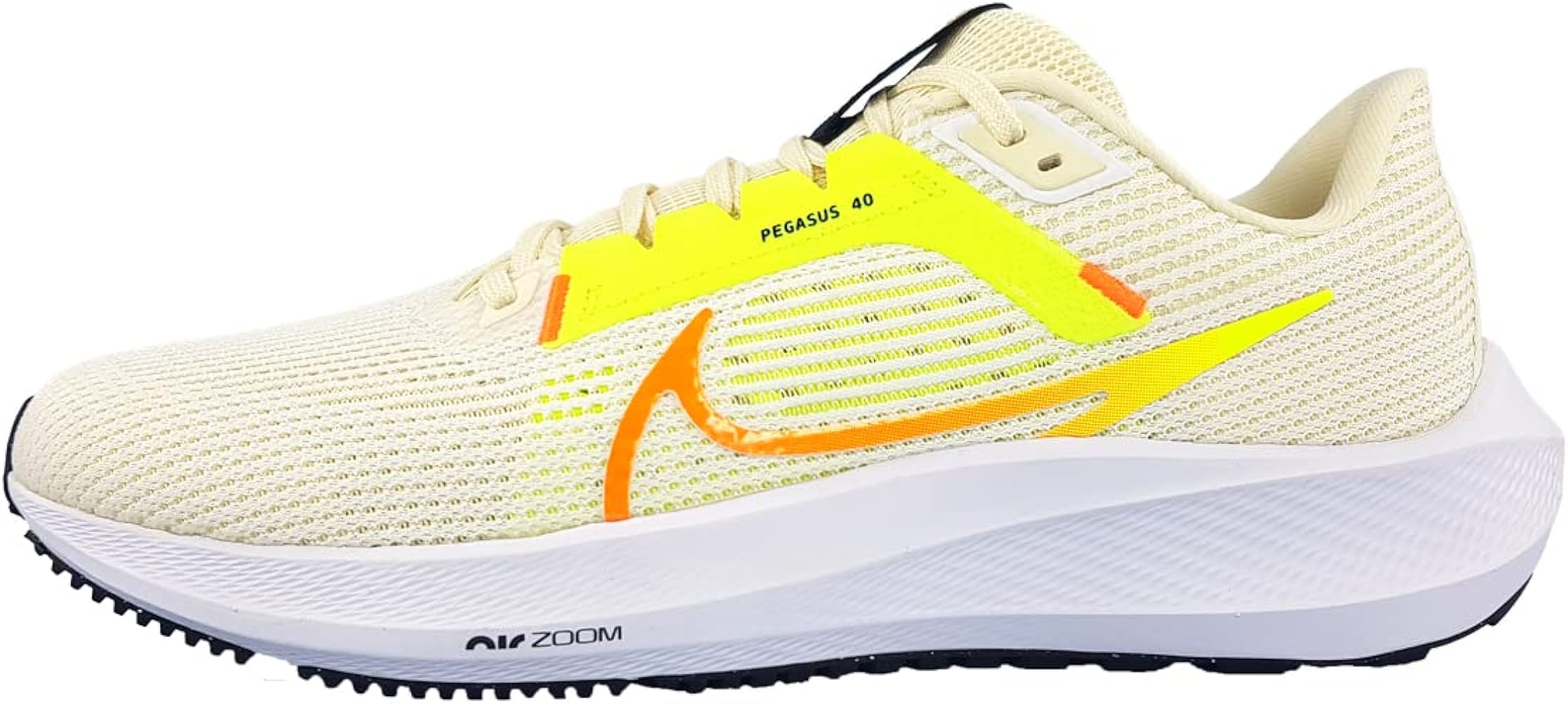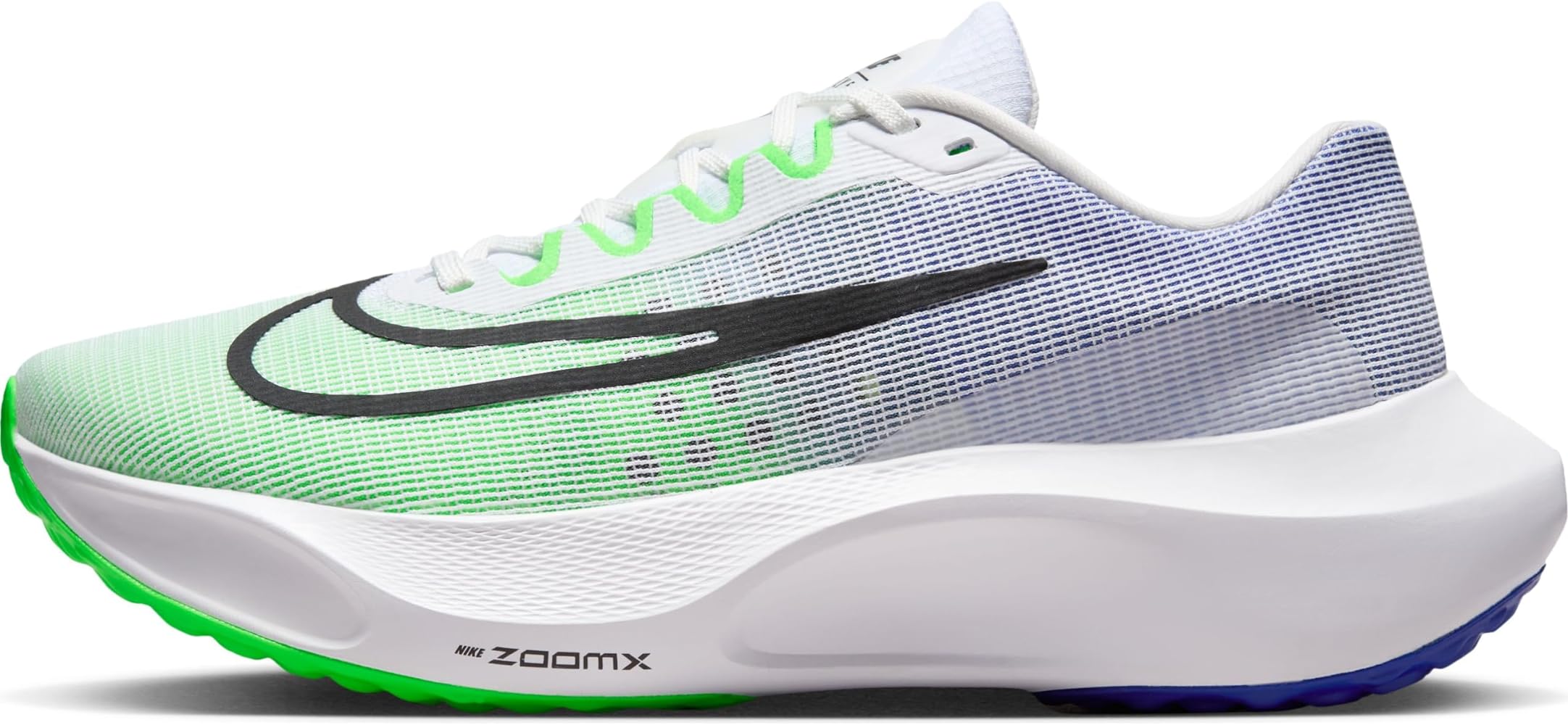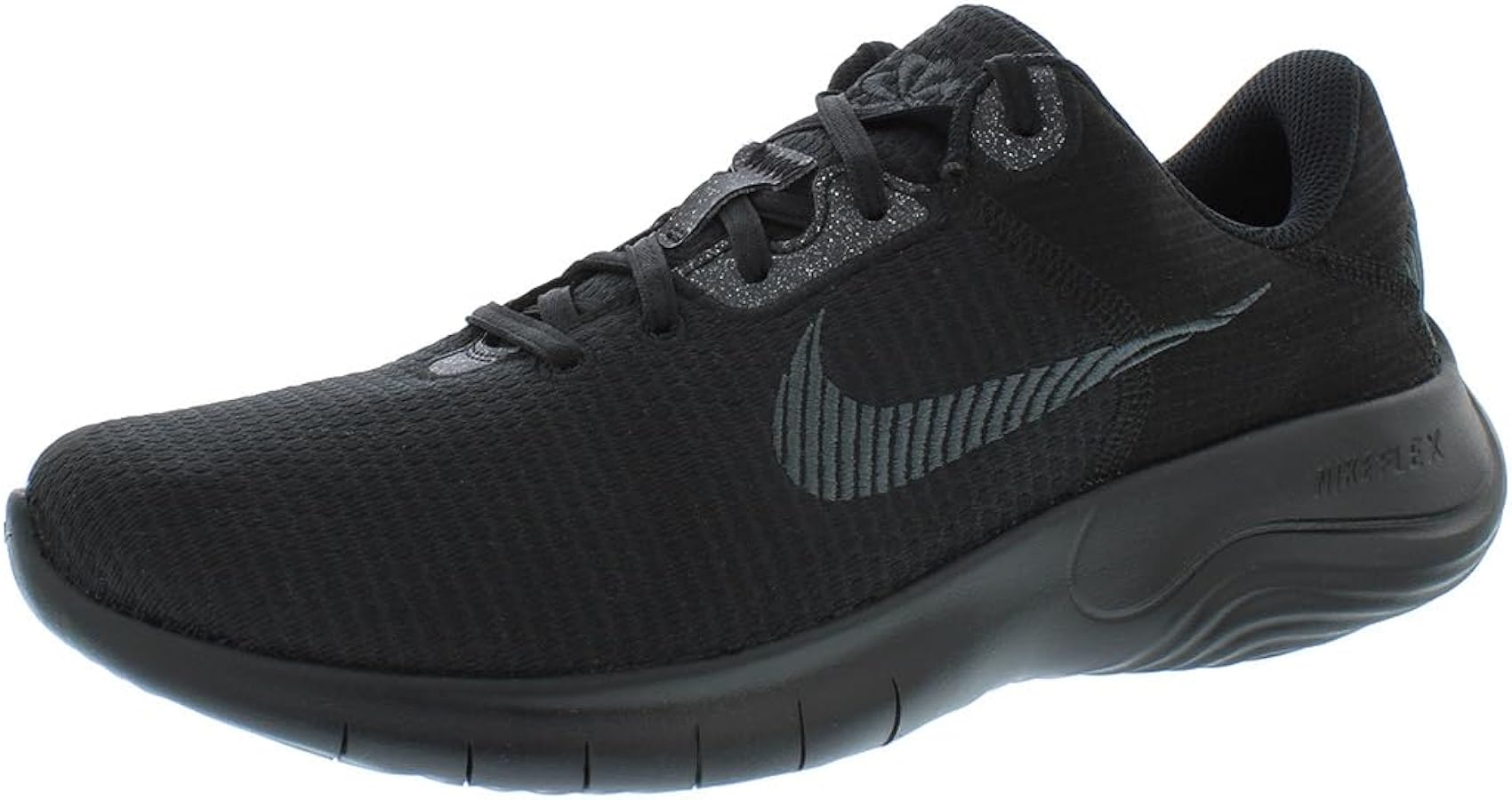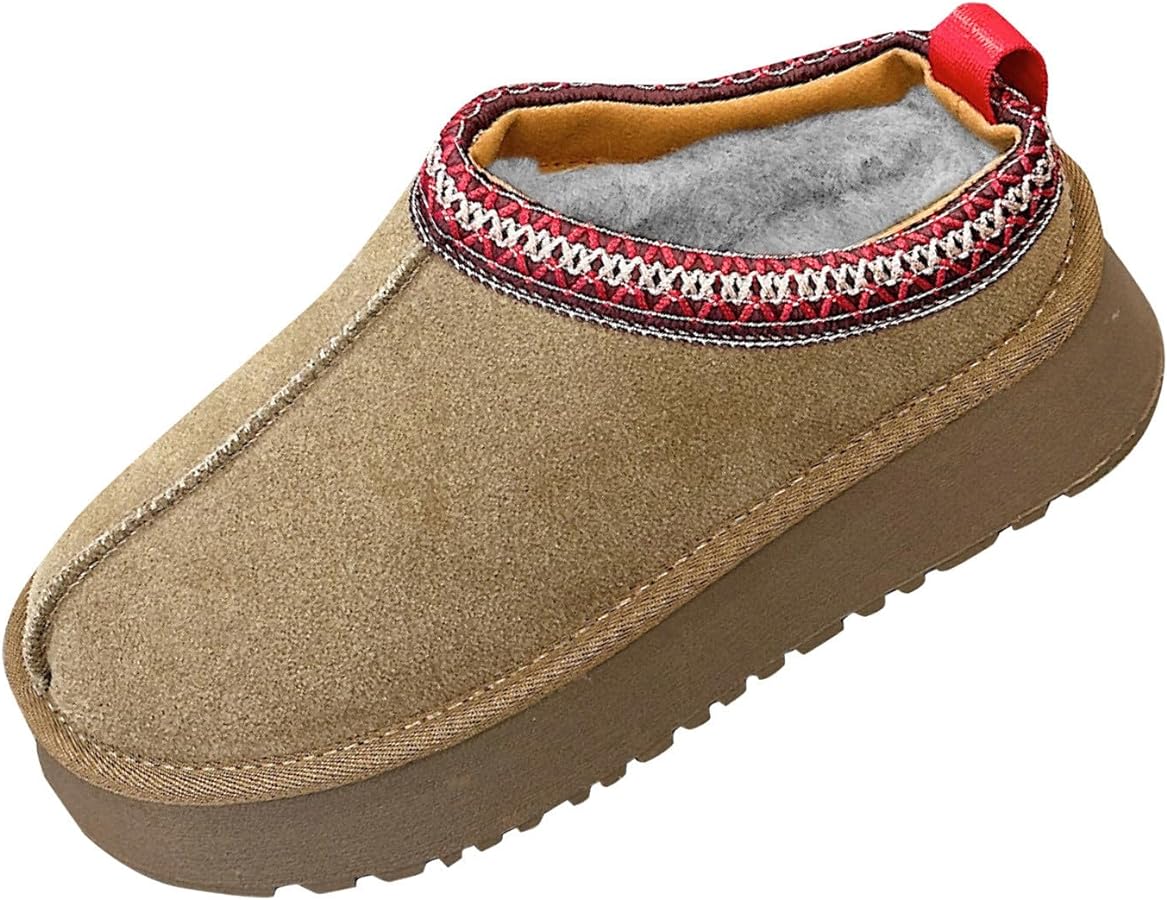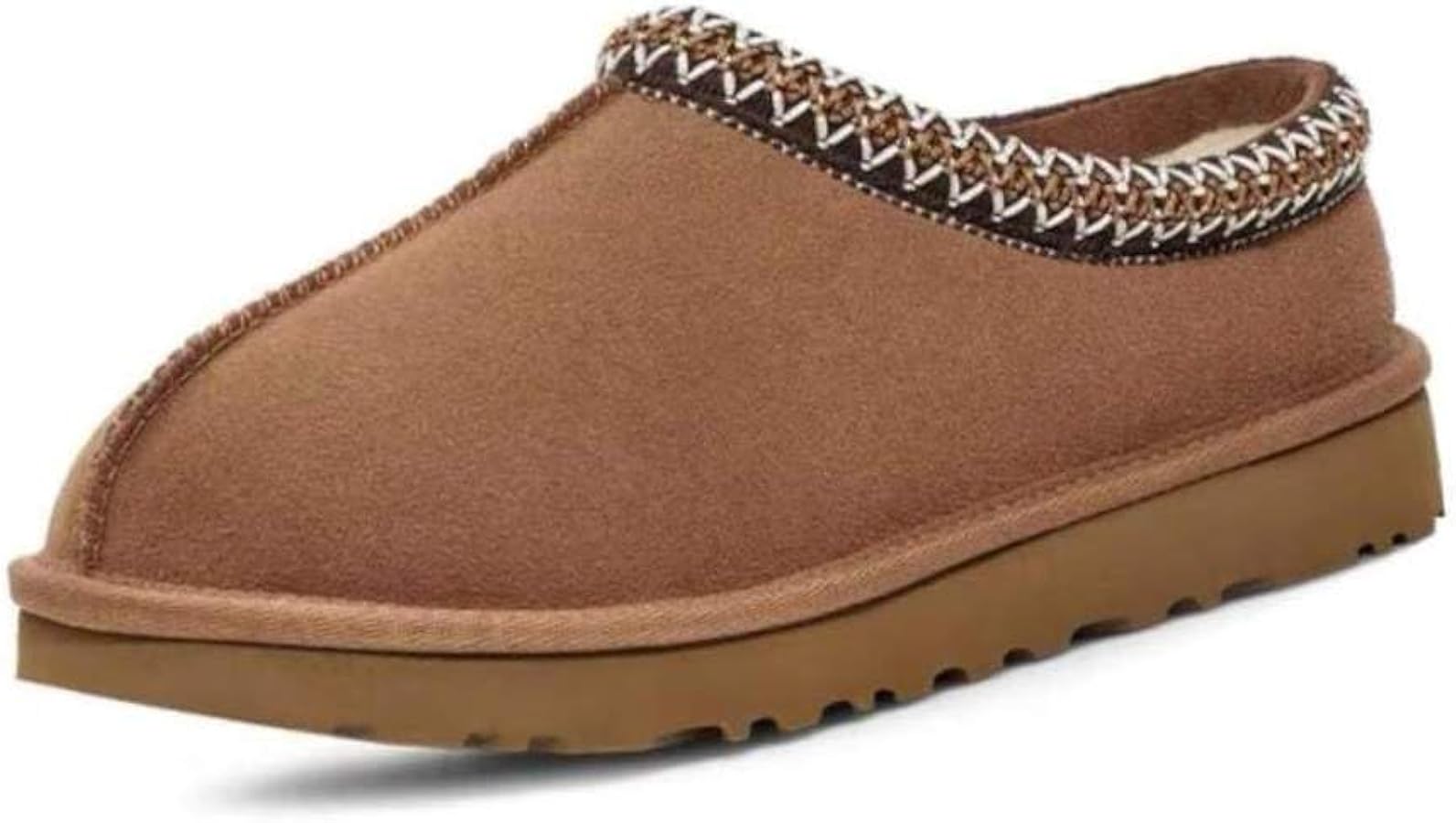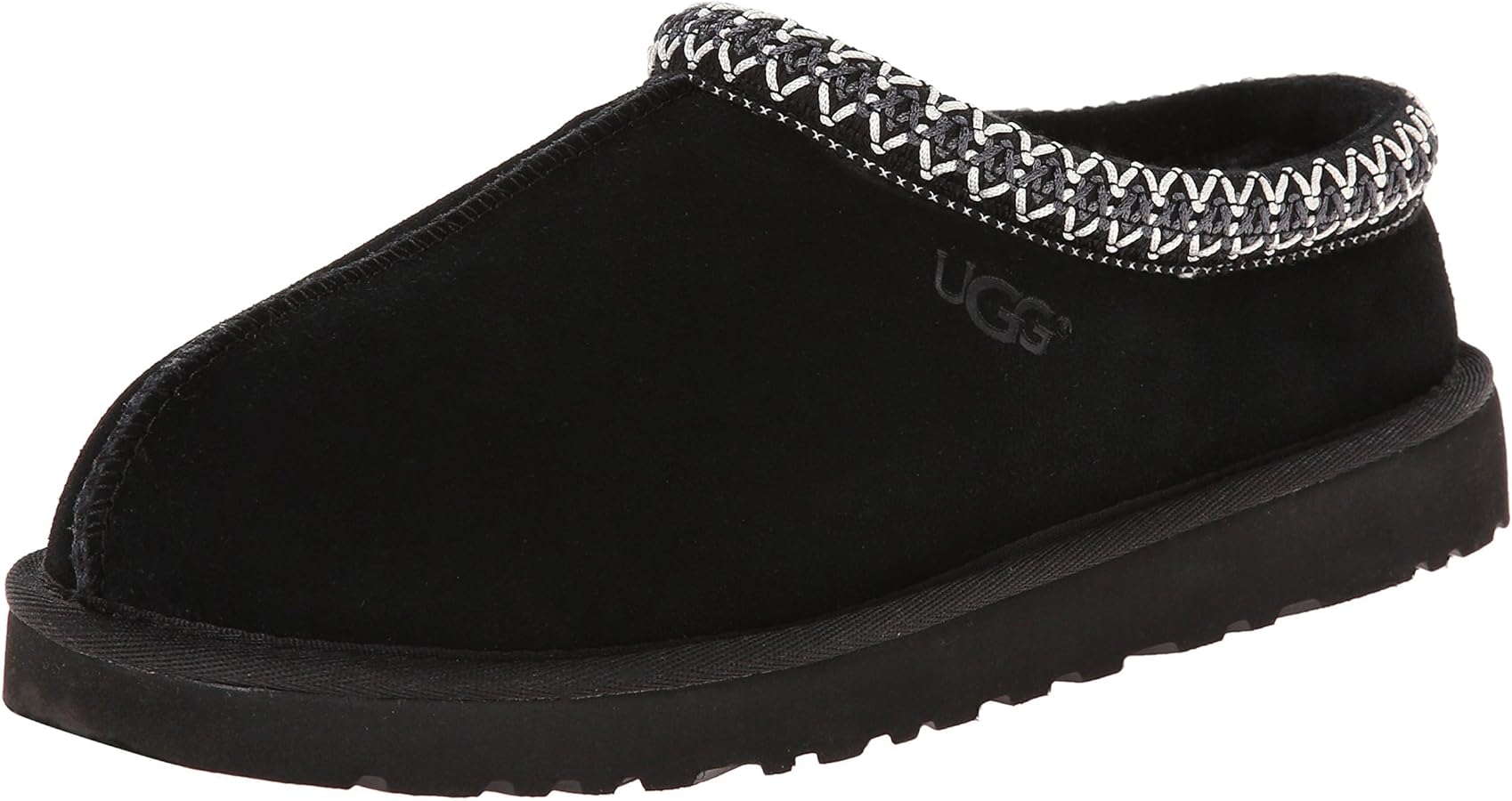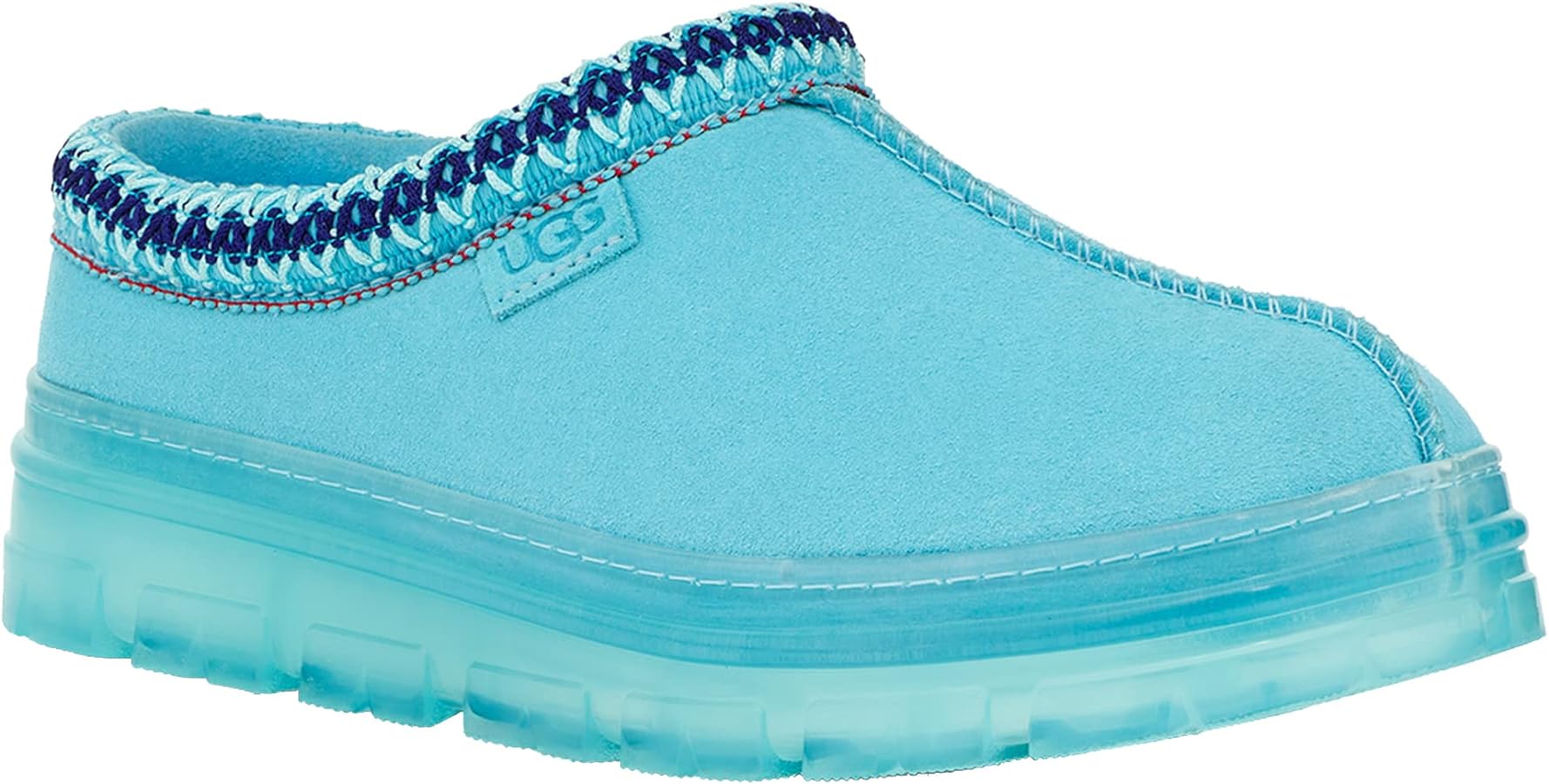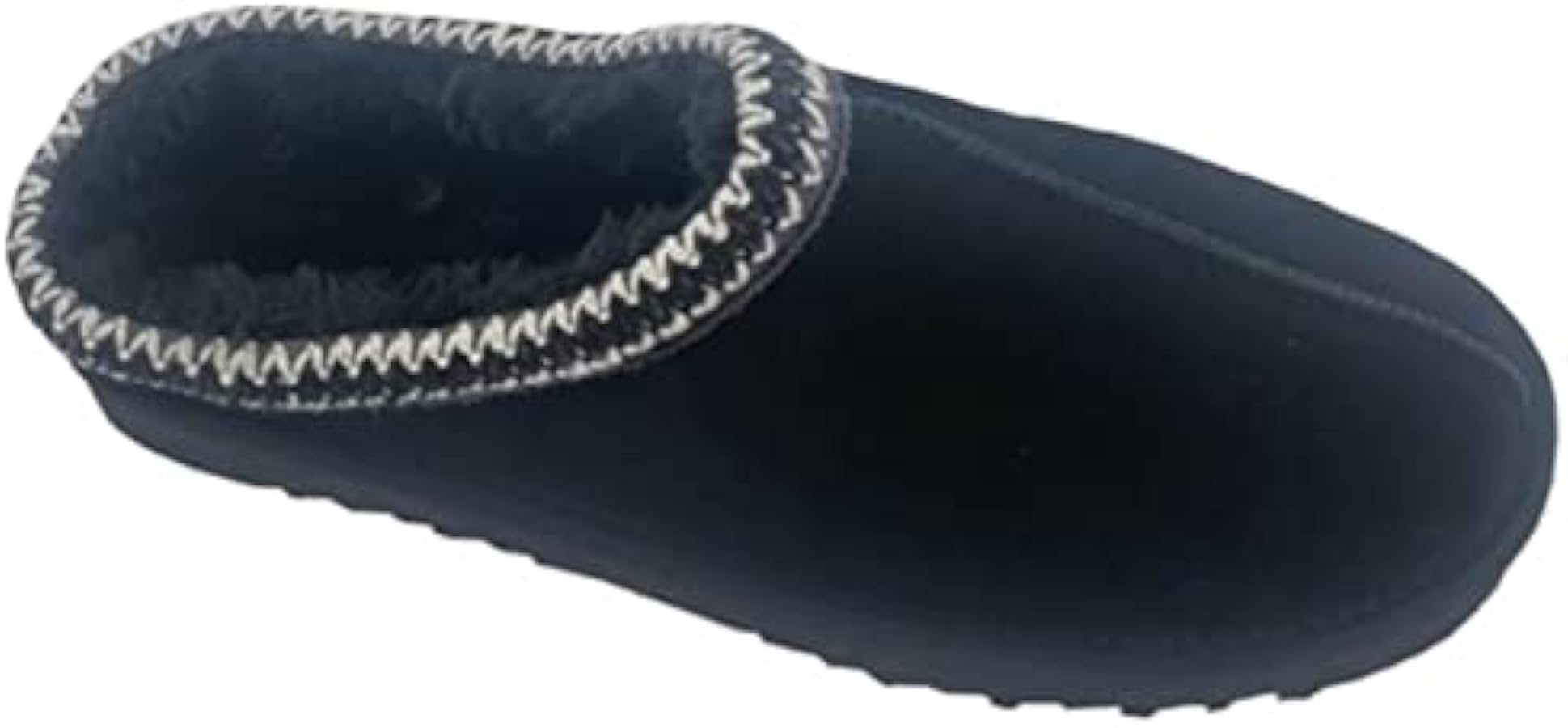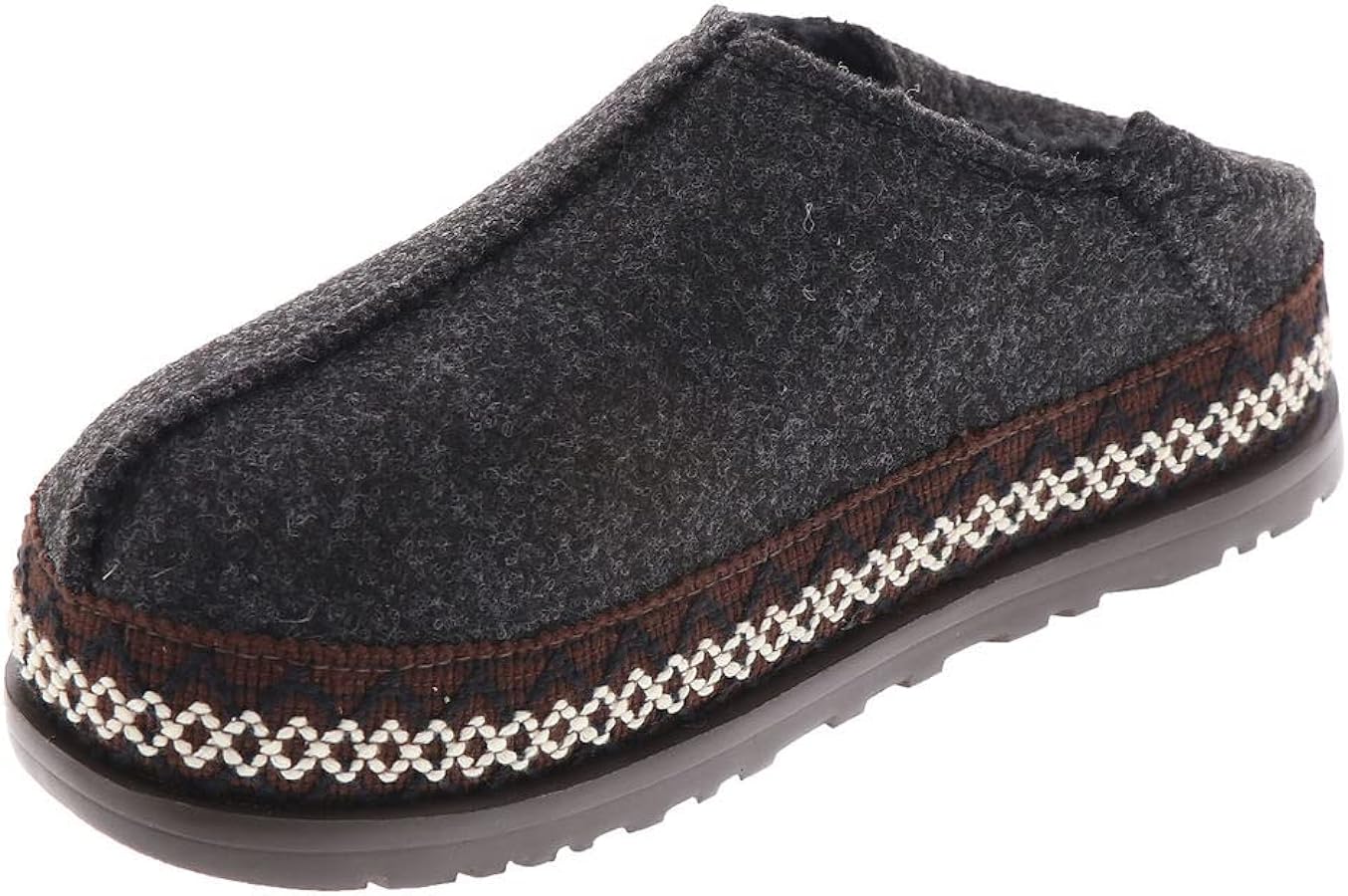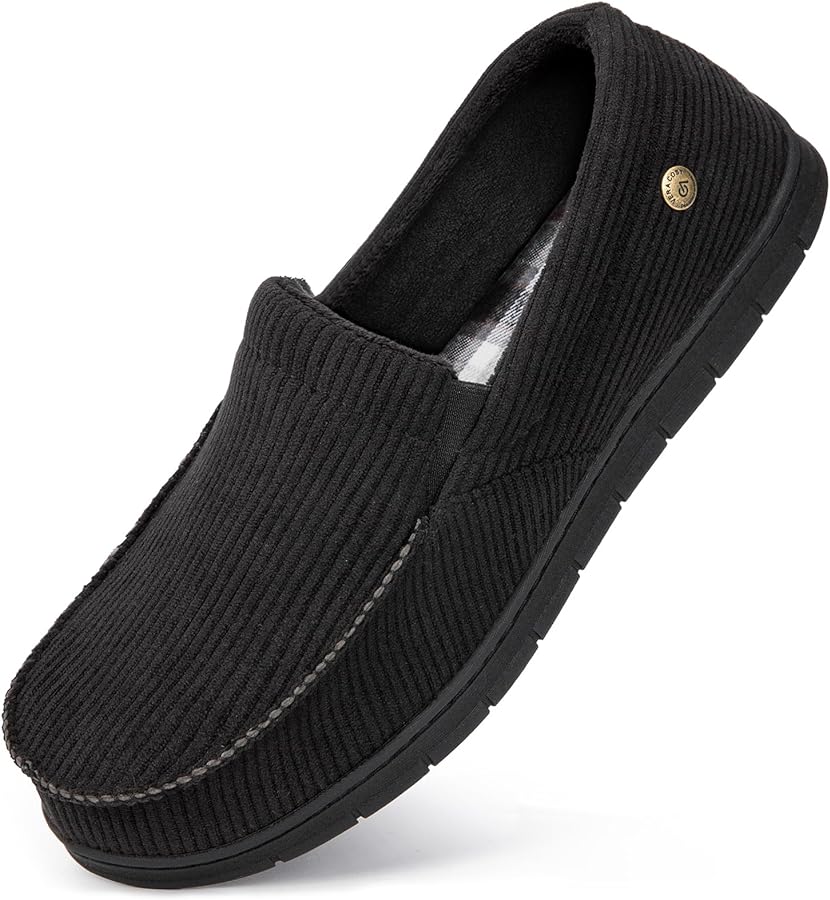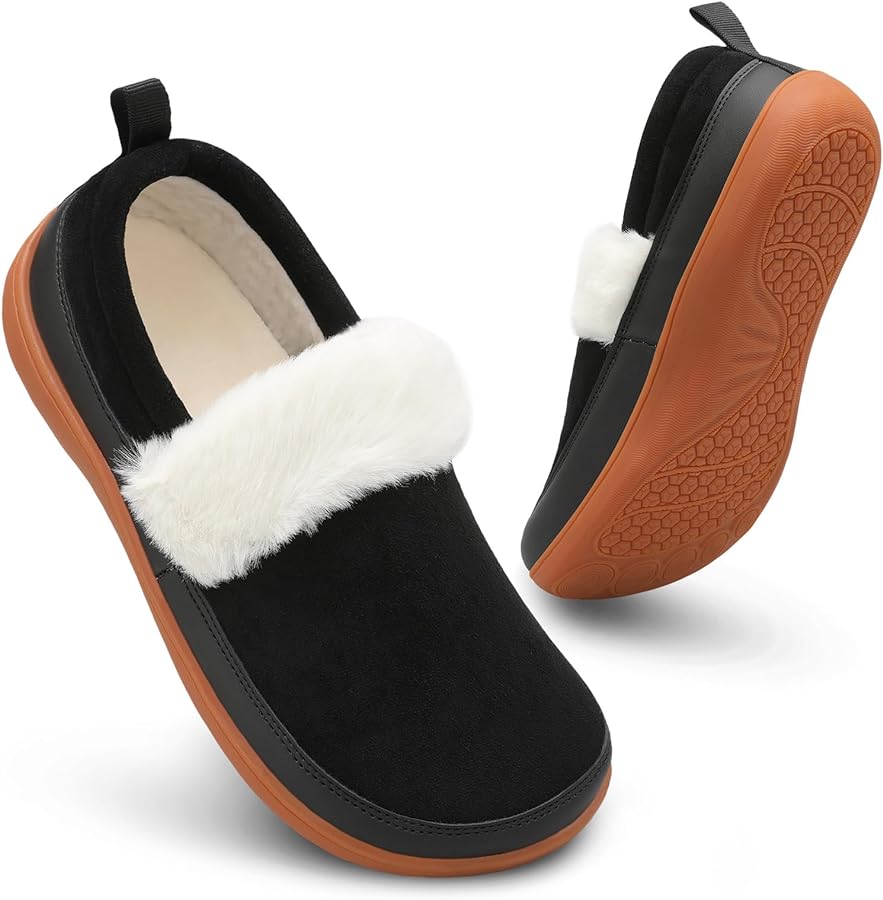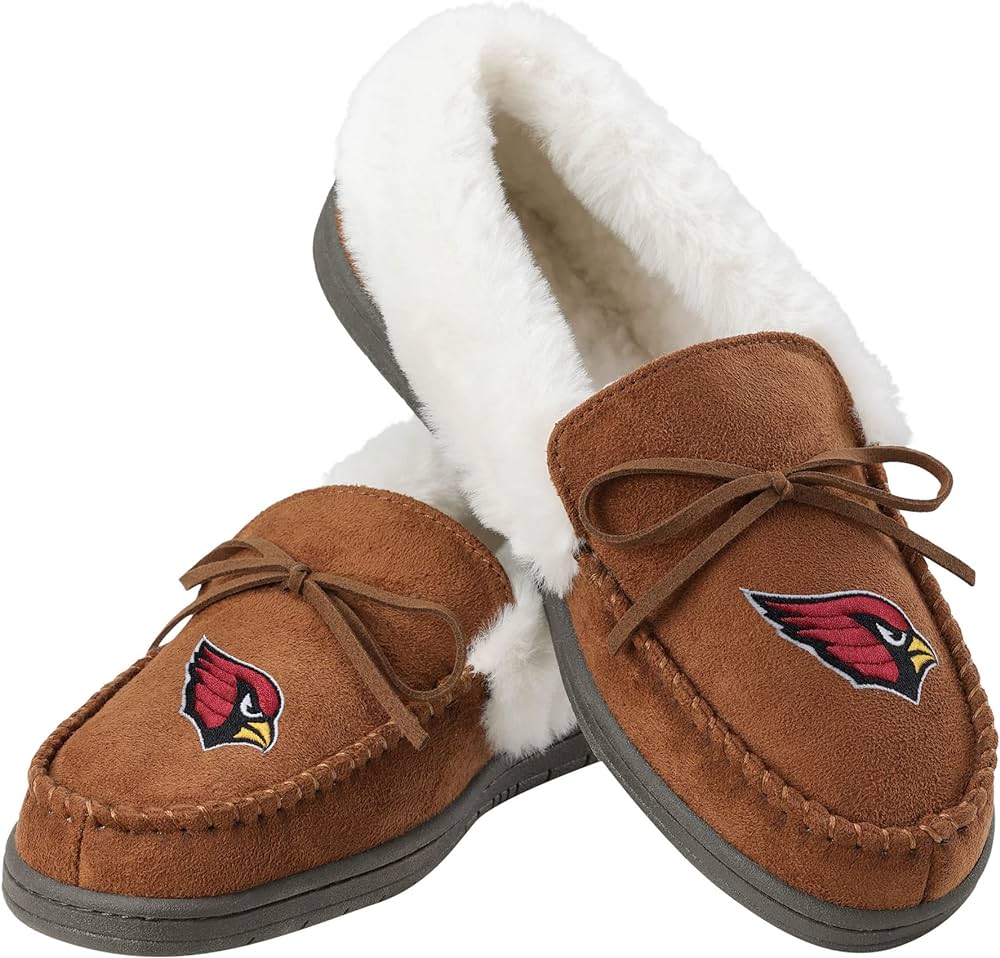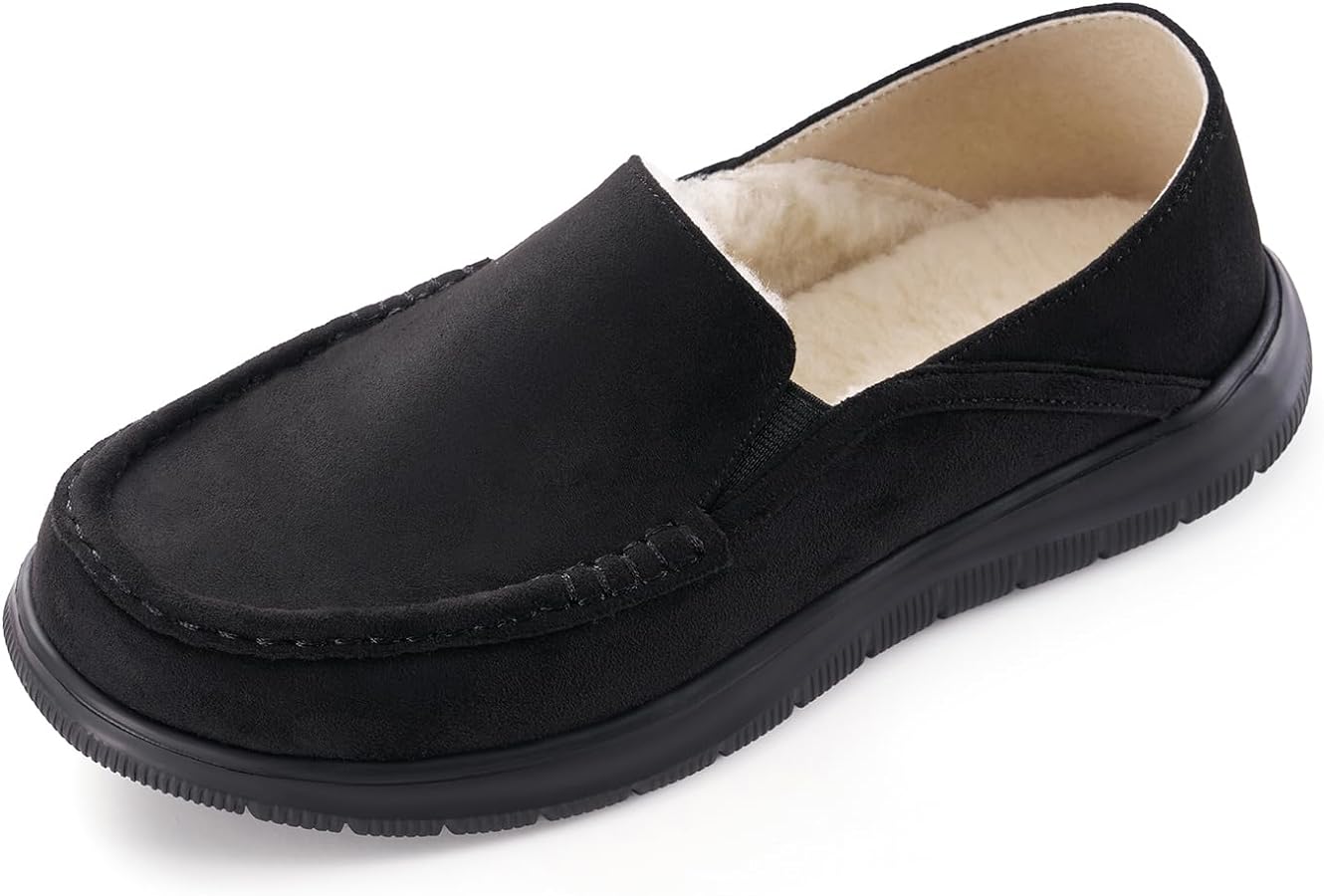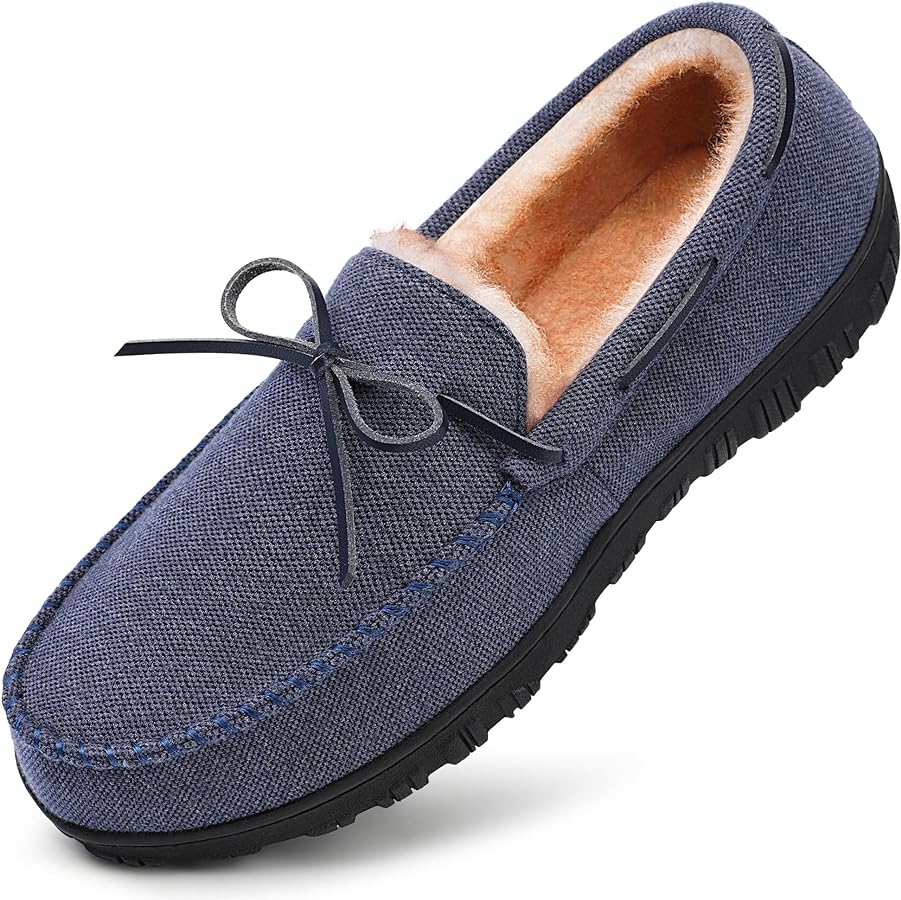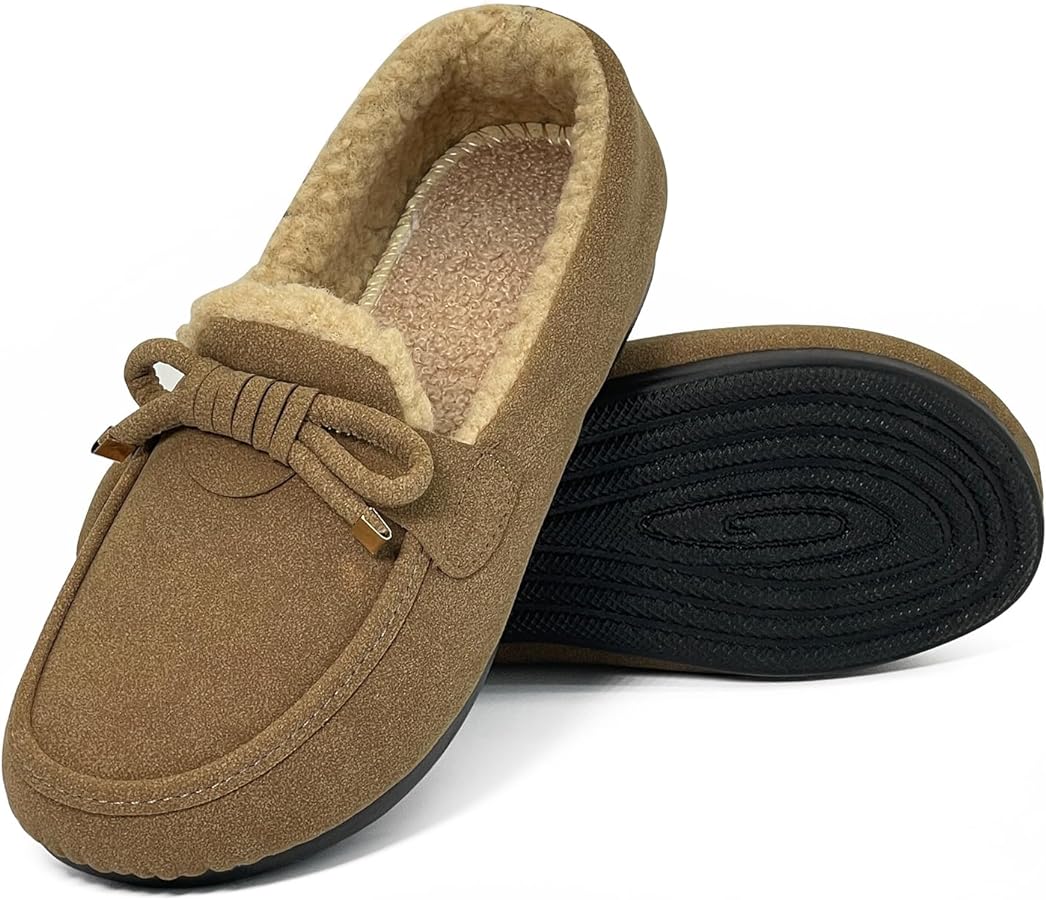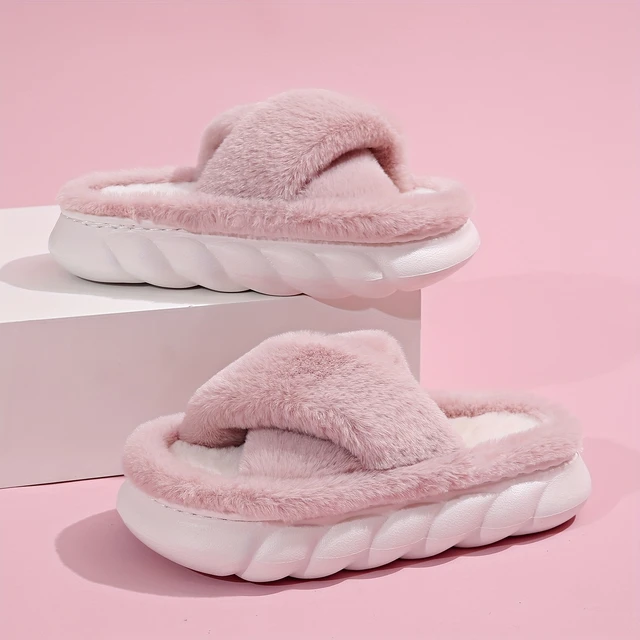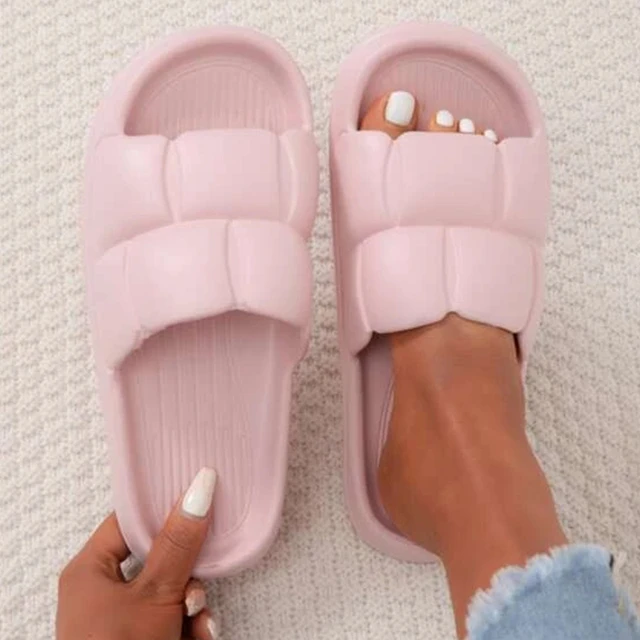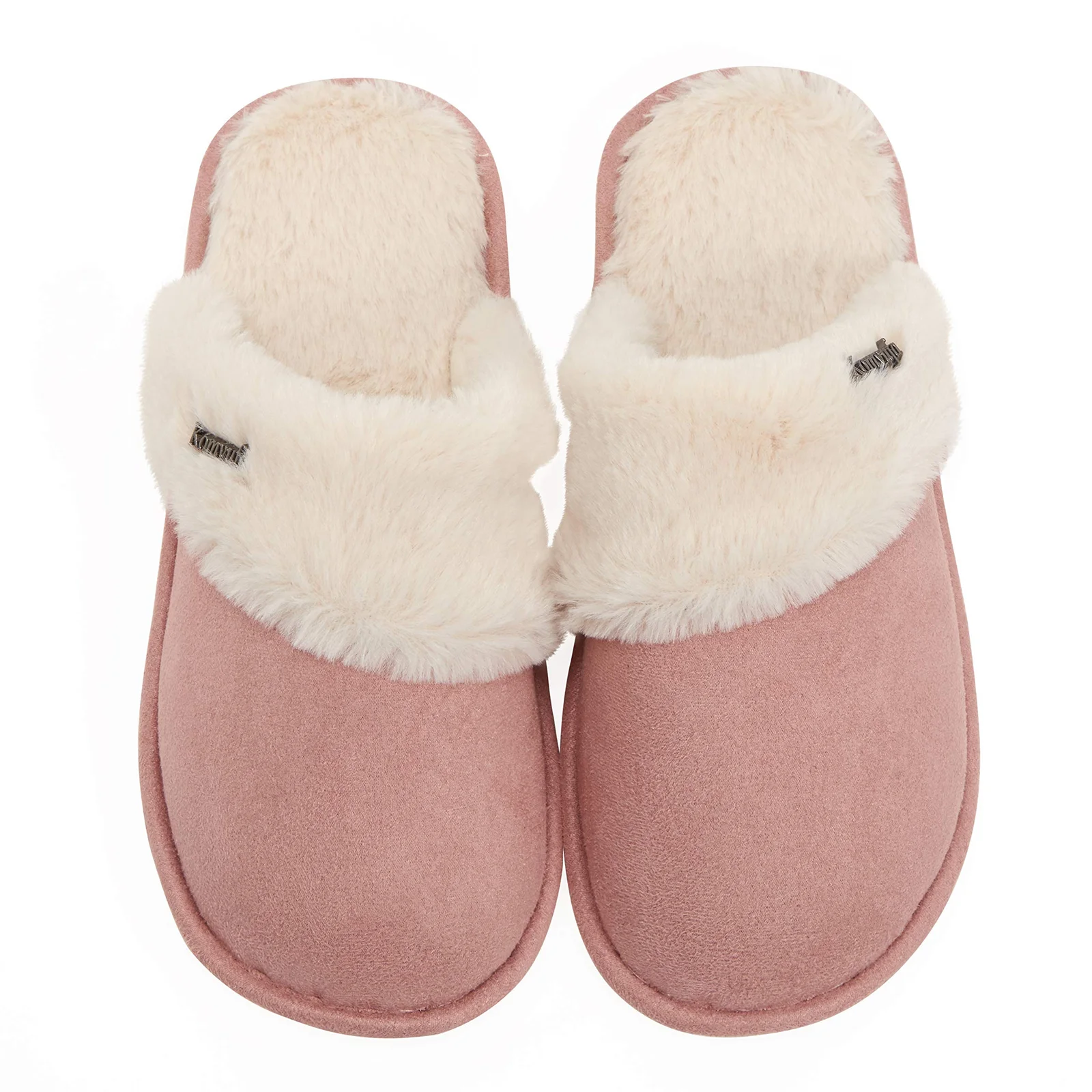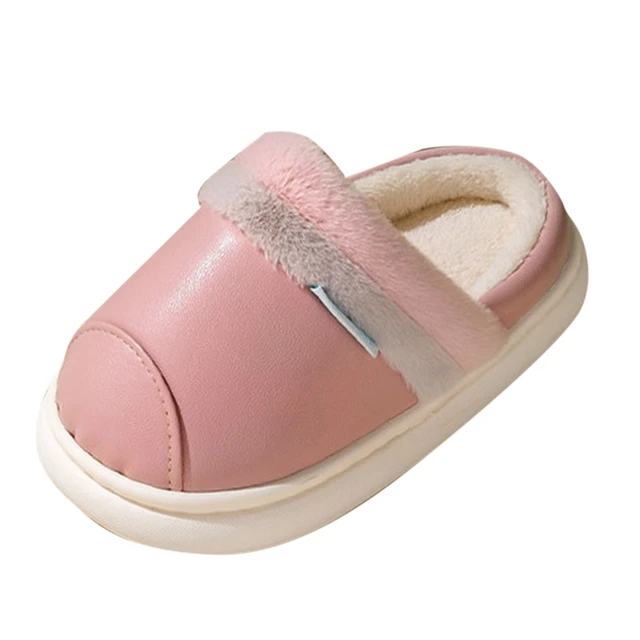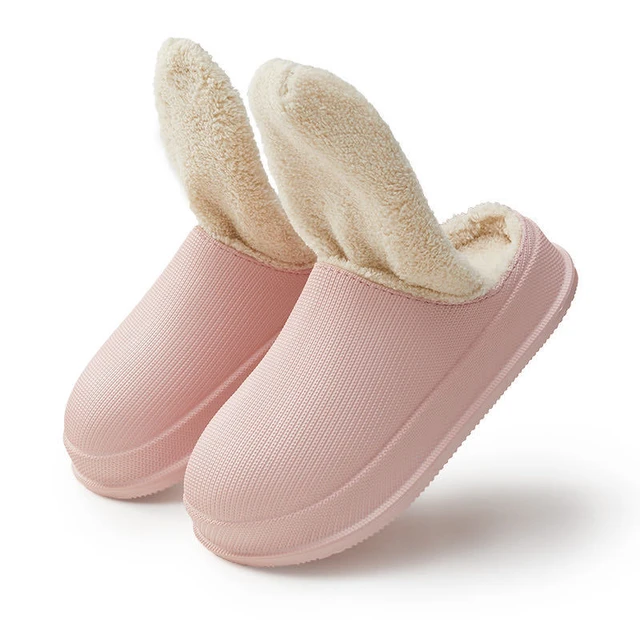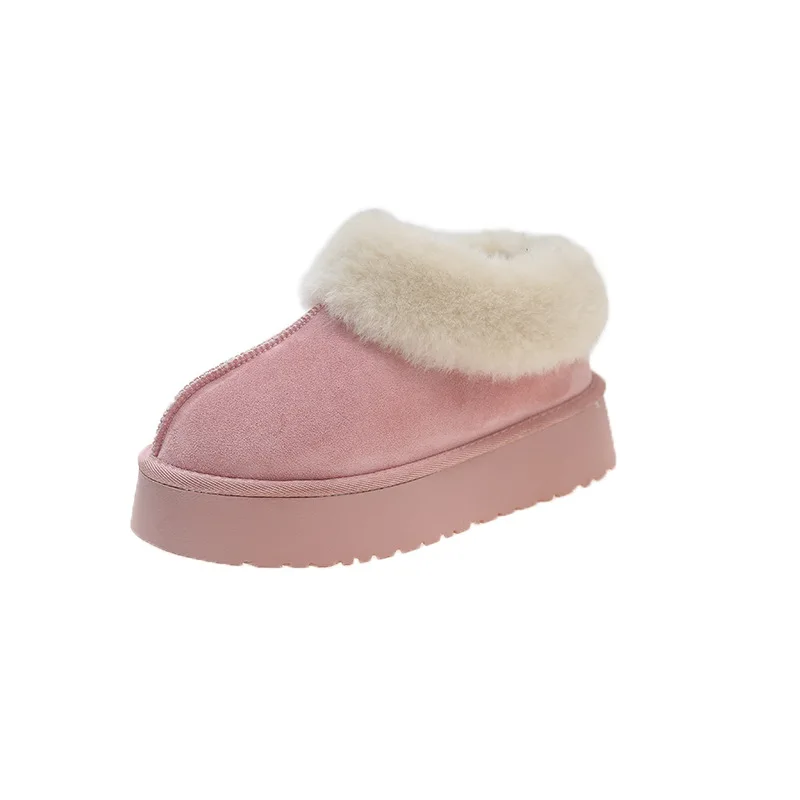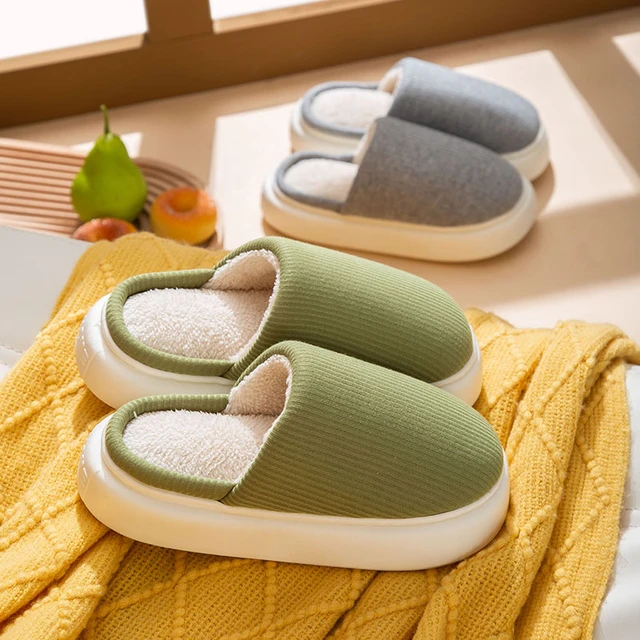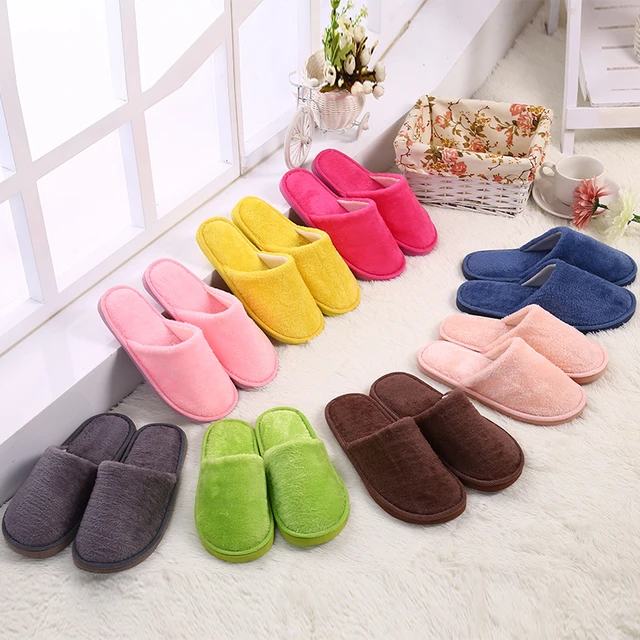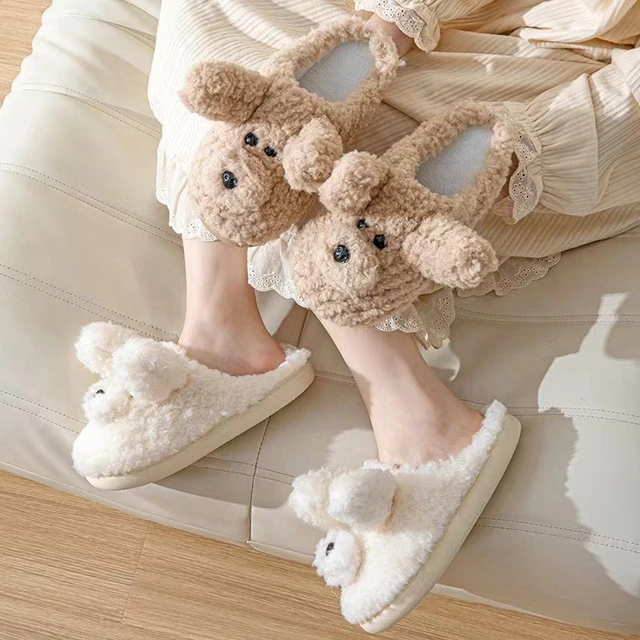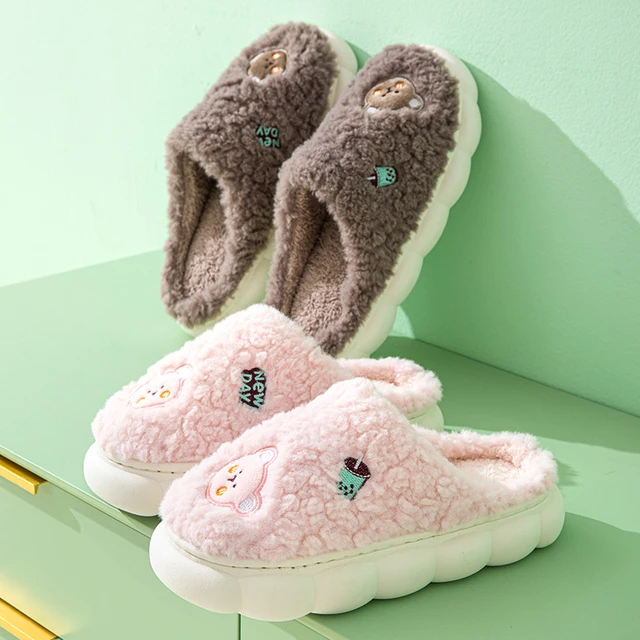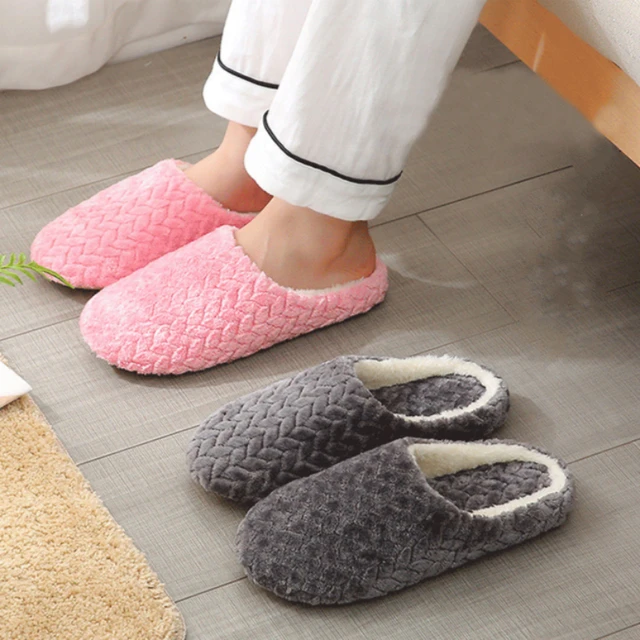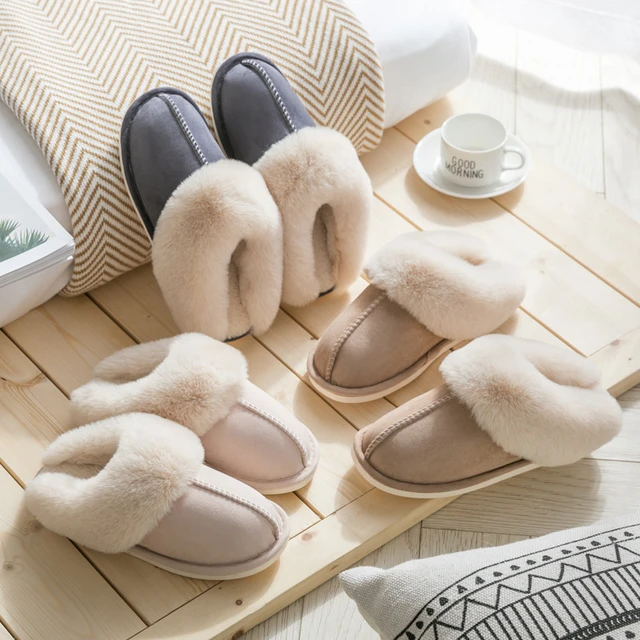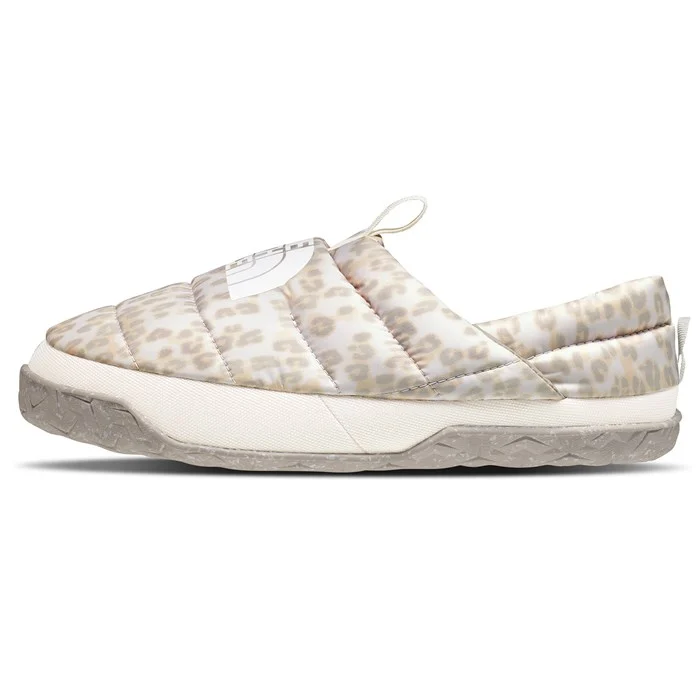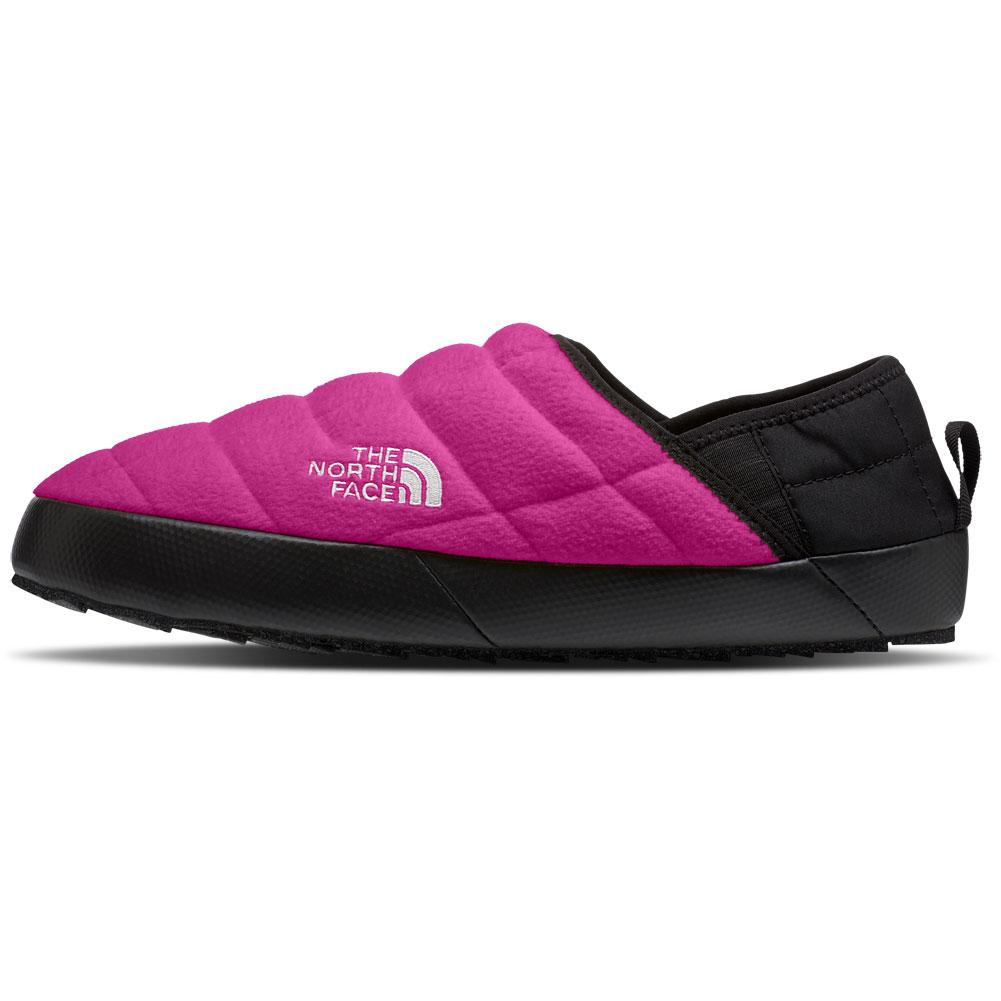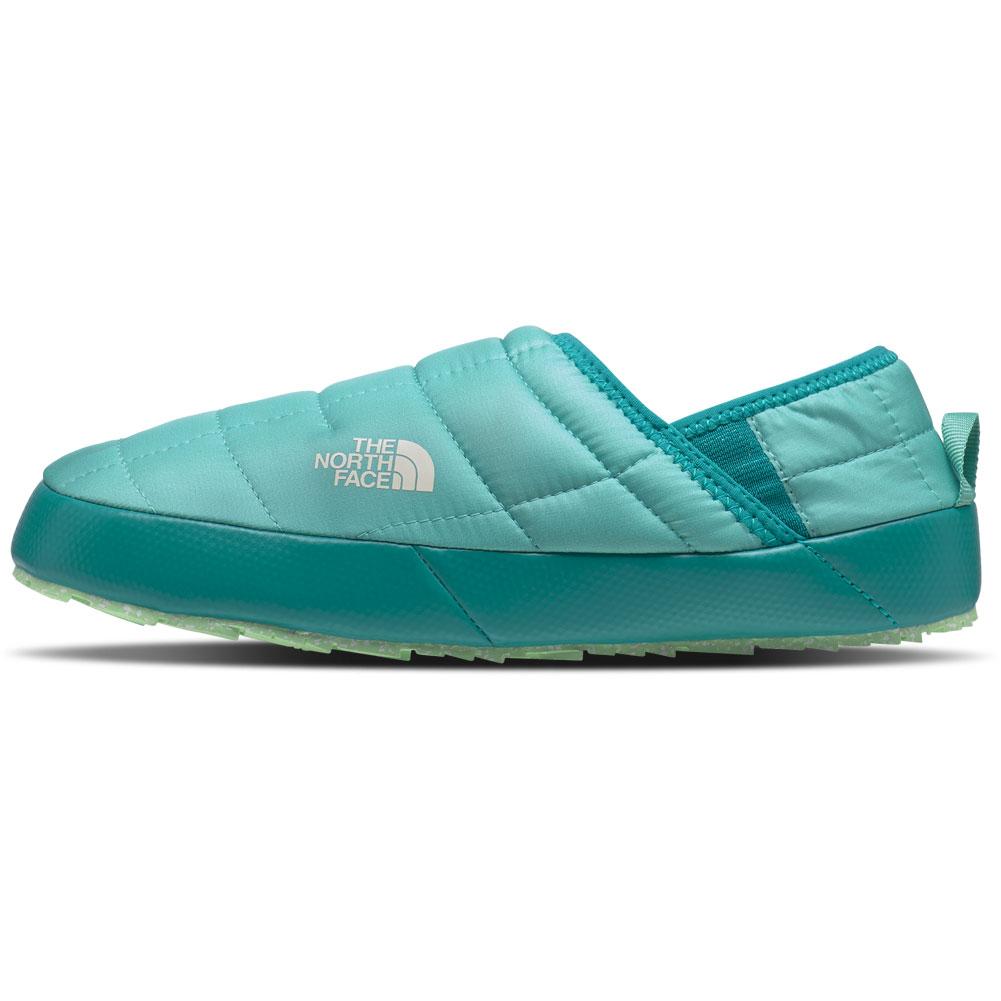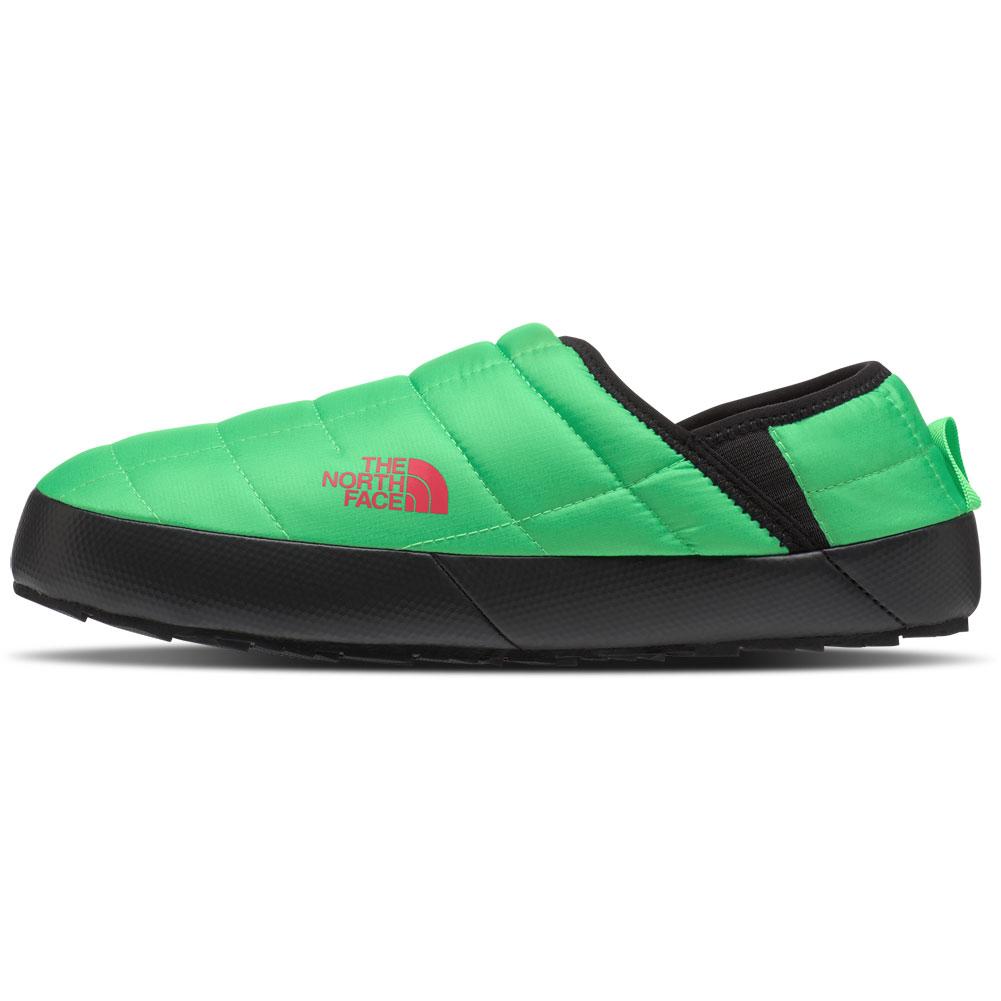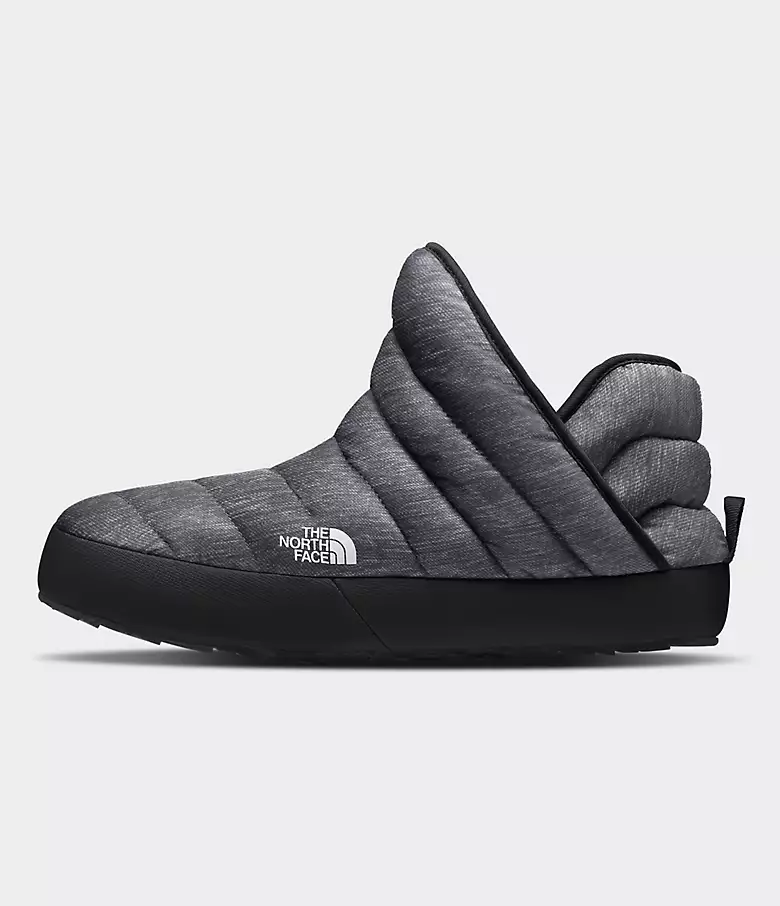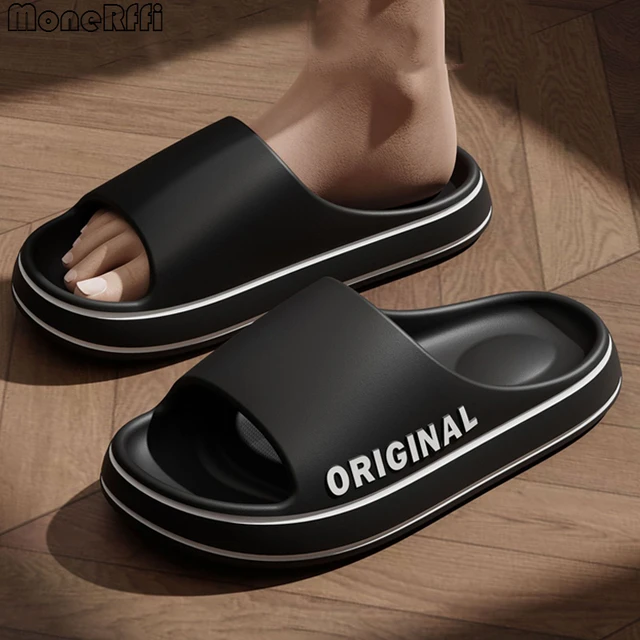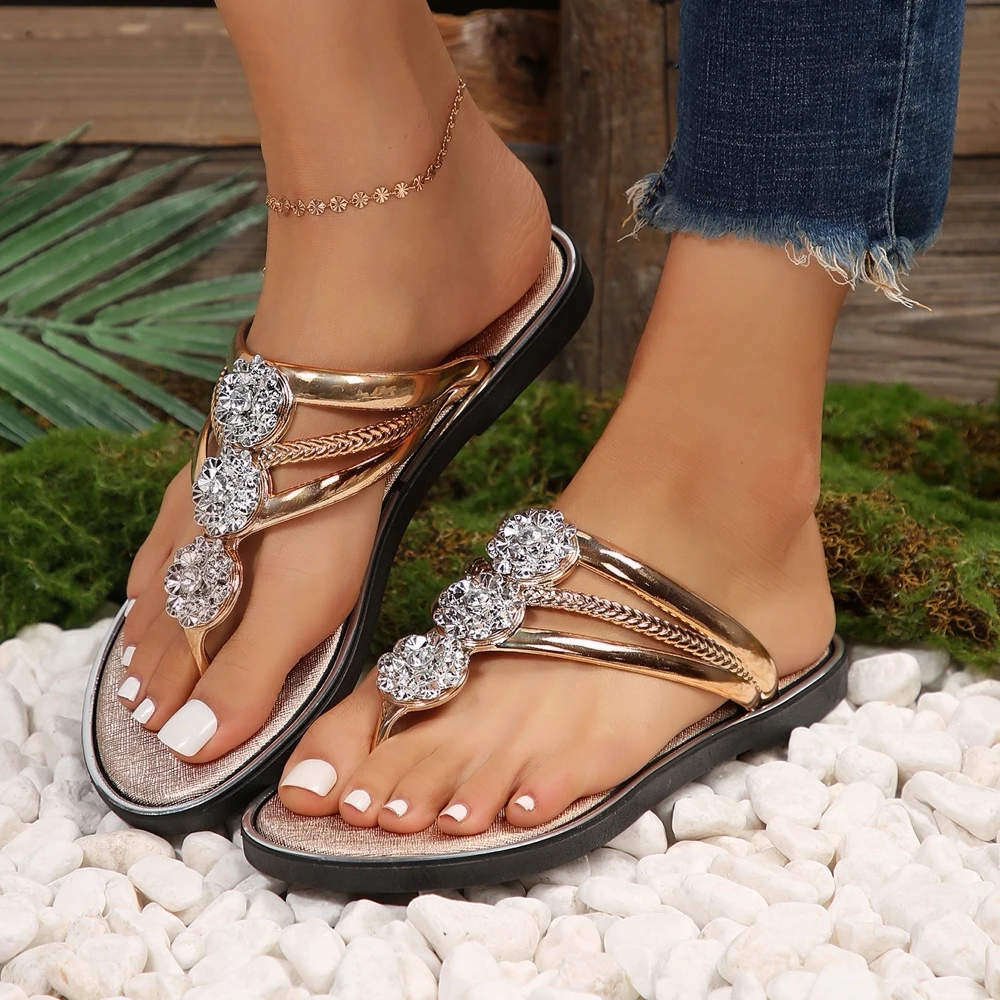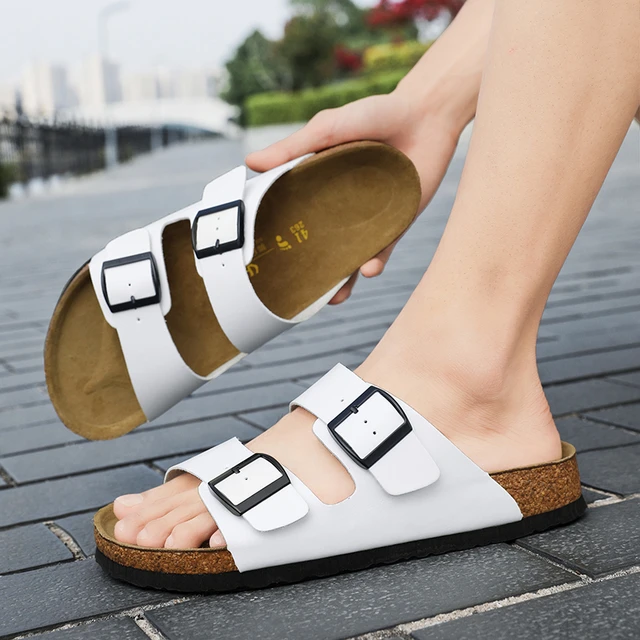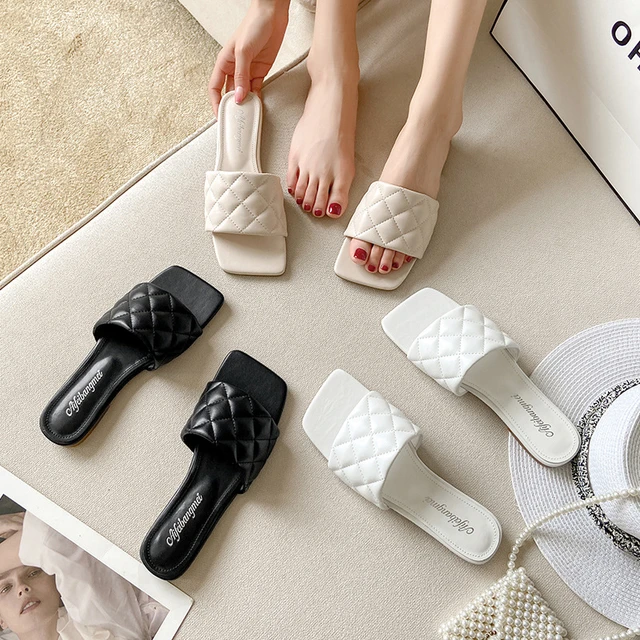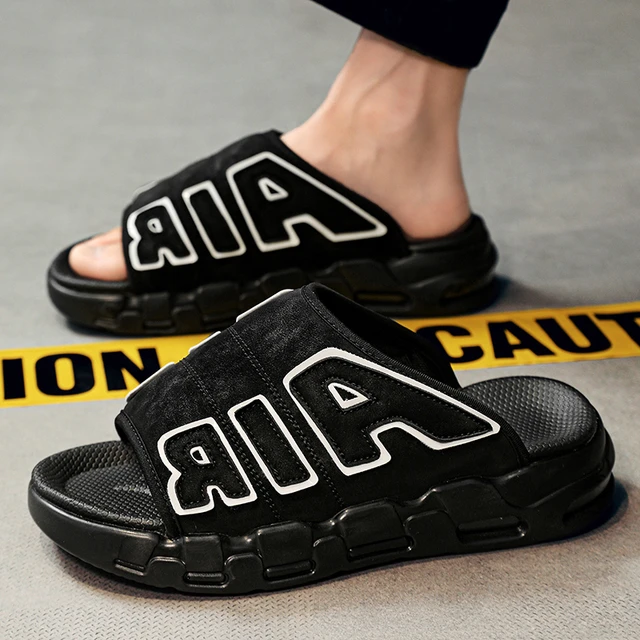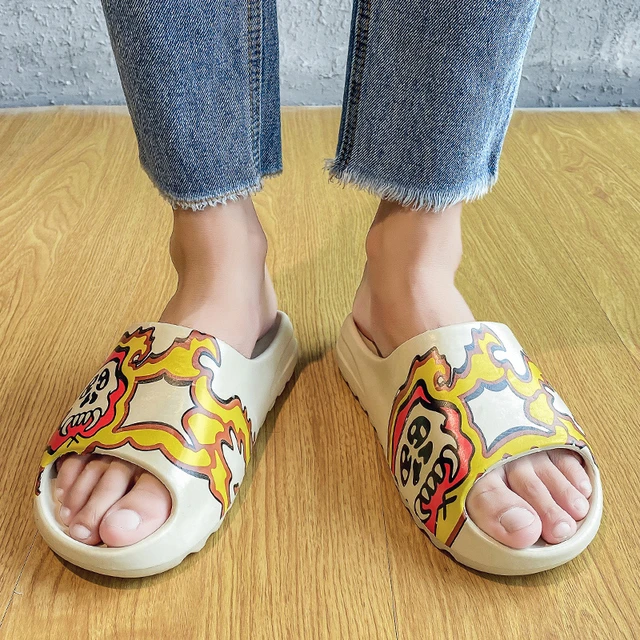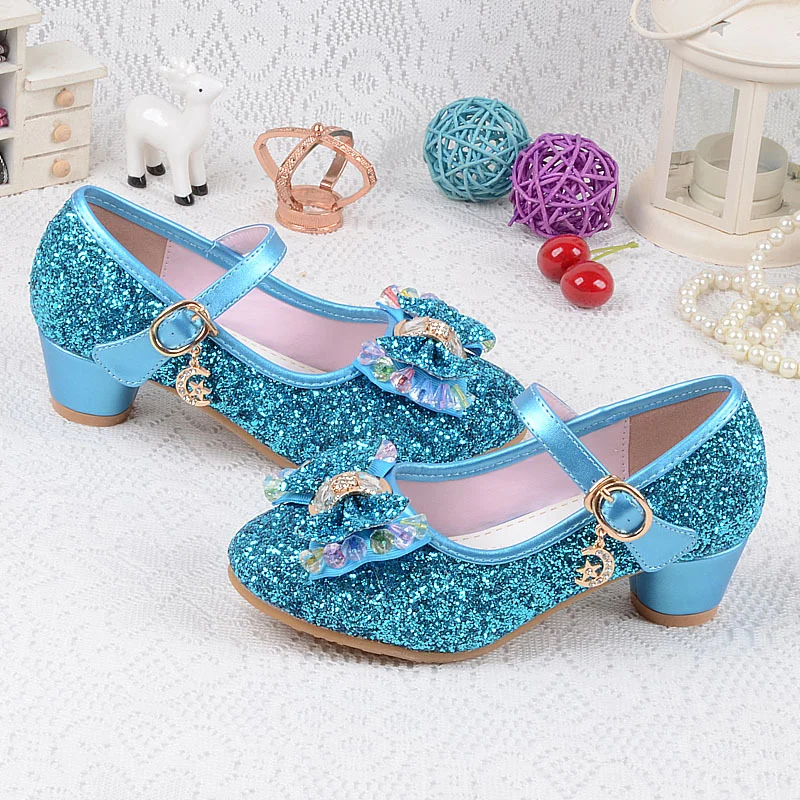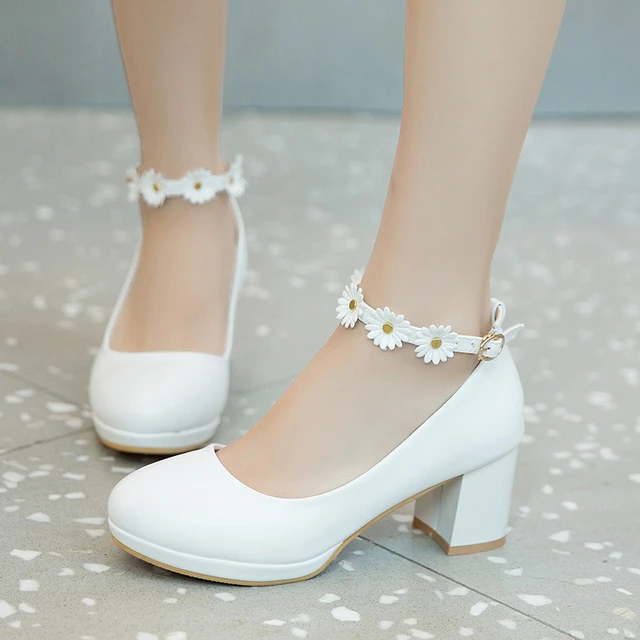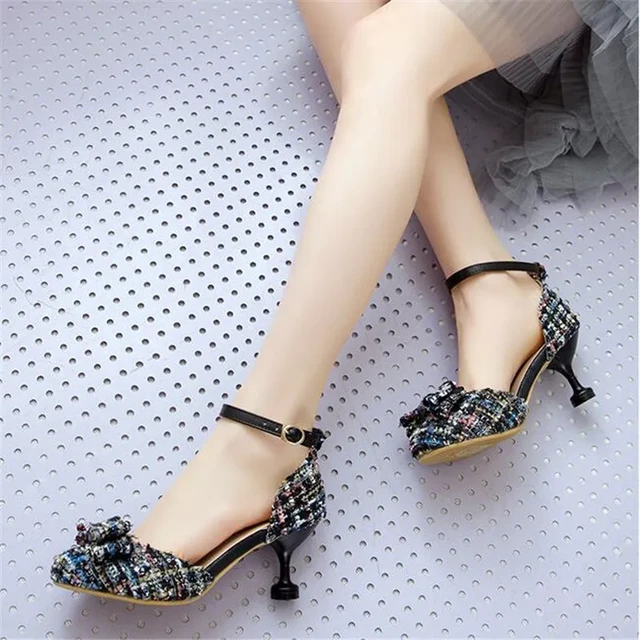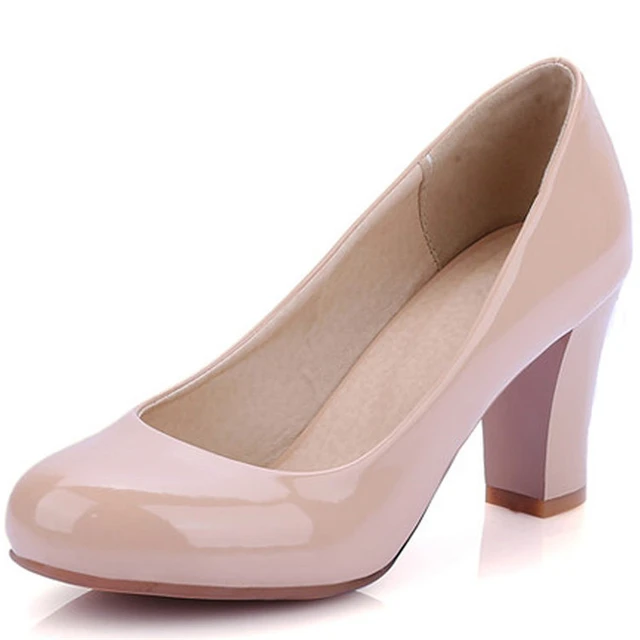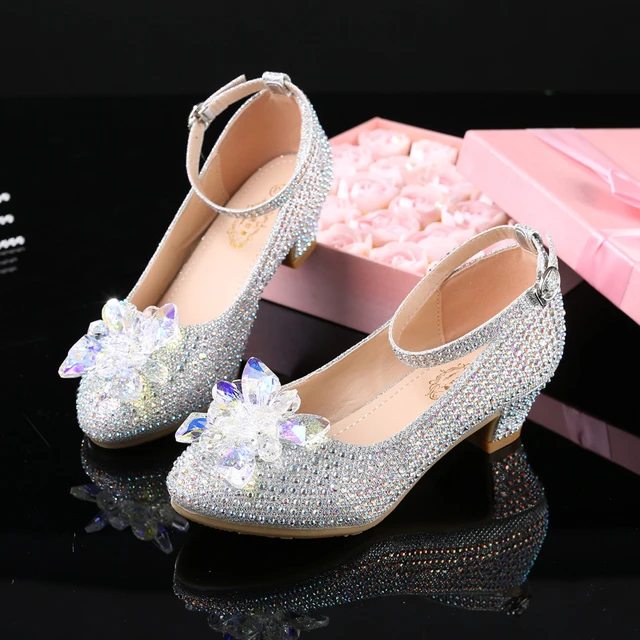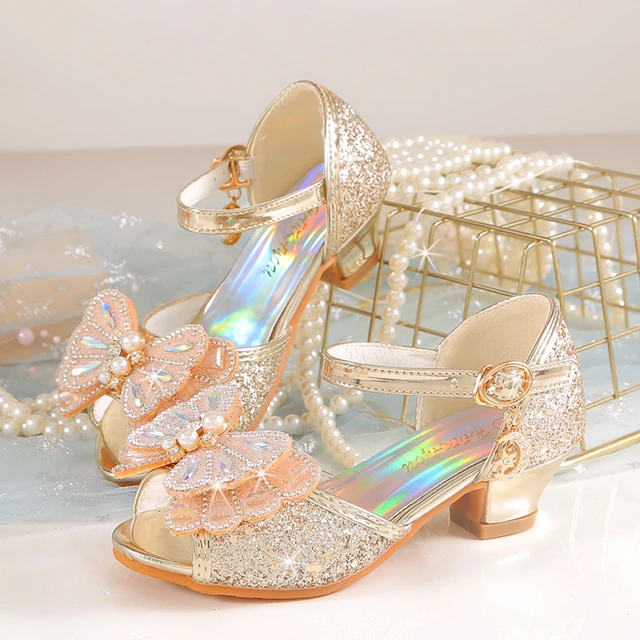Nike Color Changing Shoes: What Makes Them Unique?
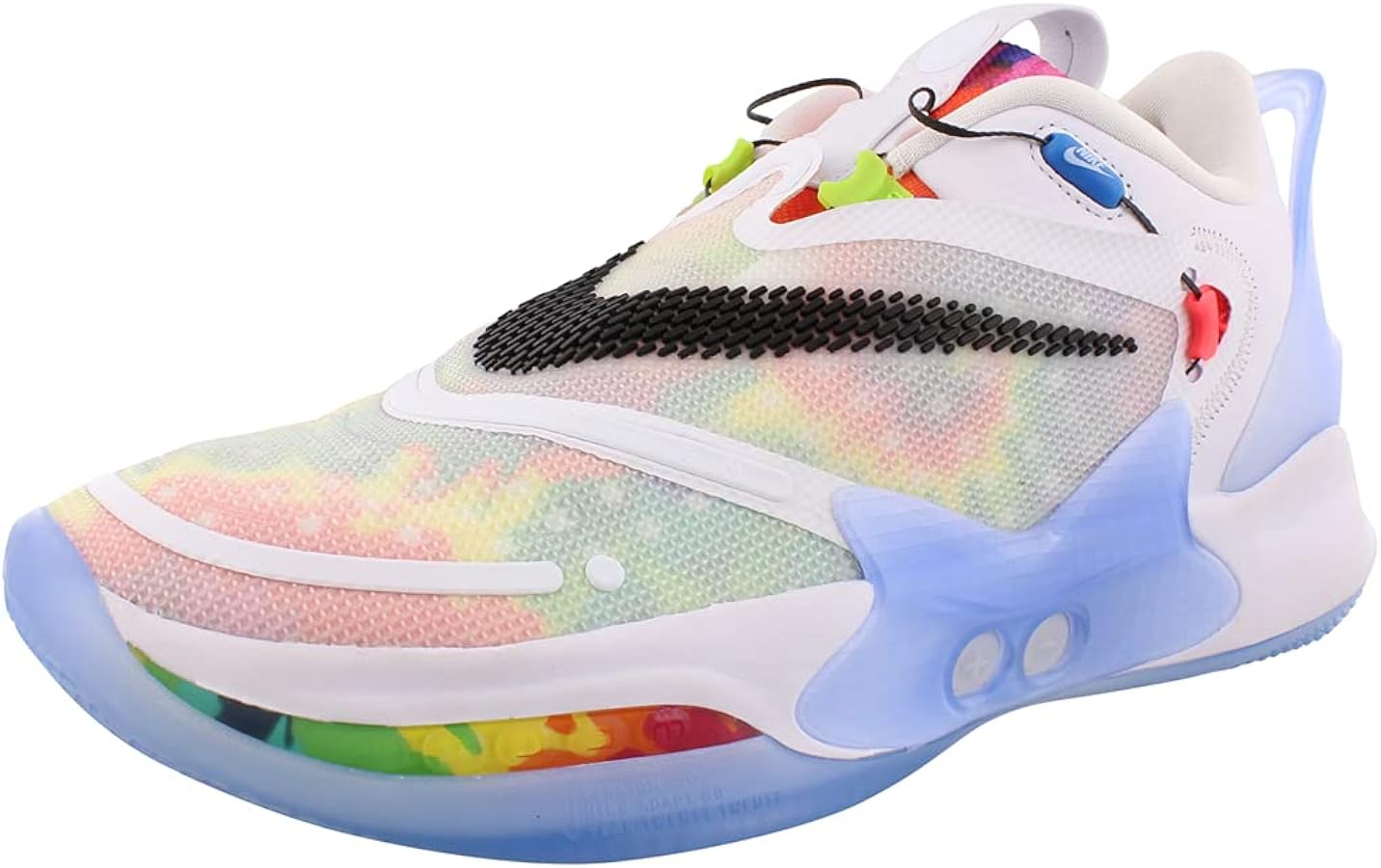
Introduction:
Nike color changing shoes represent a fusion of cutting-edge technology and fashion, appealing to sneaker enthusiasts and tech aficionados alike. These innovative designs showcase Nike’s commitment to pushing the boundaries of footwear technology. In this comprehensive guide, you’ll discover how these shoes work, the technology behind them, unique features, and user experiences.
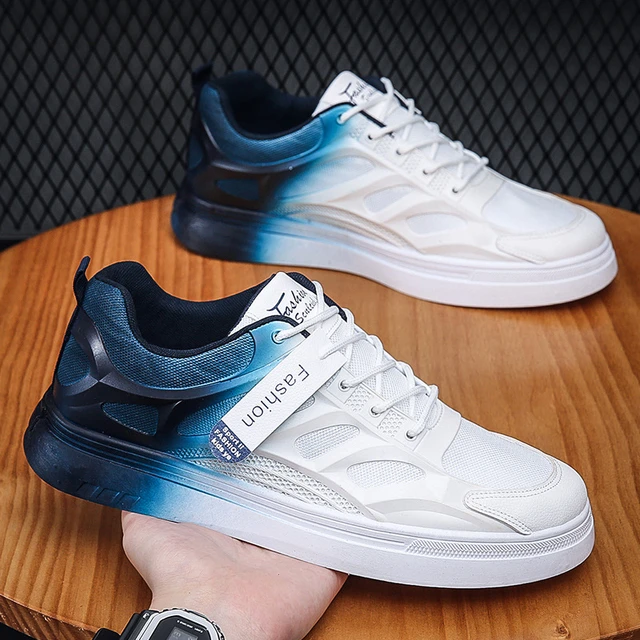
Nike Color Changing Shoes:
How Do They Work and What Makes Them Unique?
Technology Behind Color Changing Shoes:
What Innovations Drive These Transformative Designs?
The magic of Nike color changing shoes lies in their innovative use of advanced materials and technologies that allow them to shift hues. These technologies provide a dynamic aesthetic while maintaining functionality and comfort.
Thermochromic Materials:
Basic Principle: Many Nike color changing shoes utilize thermochromic materials, which change colors in response to temperature variations. These materials are embedded into the shoe’s fabric, causing the color to shift when exposed to different temperatures.
How It Works: Thermochromic materials consist of specialized liquid crystals or pigments that respond to heat. When the shoe gets warm, either from the body heat of the wearer or from external environmental factors, the crystals or pigments change their molecular structure, thereby altering their color.
Applications: This technology is not just limited to fabric. Thermochromic materials can be applied to other components of the shoe, such as the sole or the swoosh, creating a fully immersive color-changing experience.
Electrochromic Technology:
Advanced Principle: Electrochromic technology represents a more advanced method, involving the use of electric currents to change the color of the material. This method provides faster and more controlled color changes compared to thermochromic materials.
How It Works: Electrochromic materials contain ions that move when an electric current is applied, altering the material’s color. This technology allows for on-demand color changes, enabling wearers to switch hues at the press of a button.
Customization: With electrochromic technology, users can potentially customize their shoes via a smartphone app, providing a high level of personalization. This tech-savvy feature appeals particularly to those who value bespoke fashion choices.
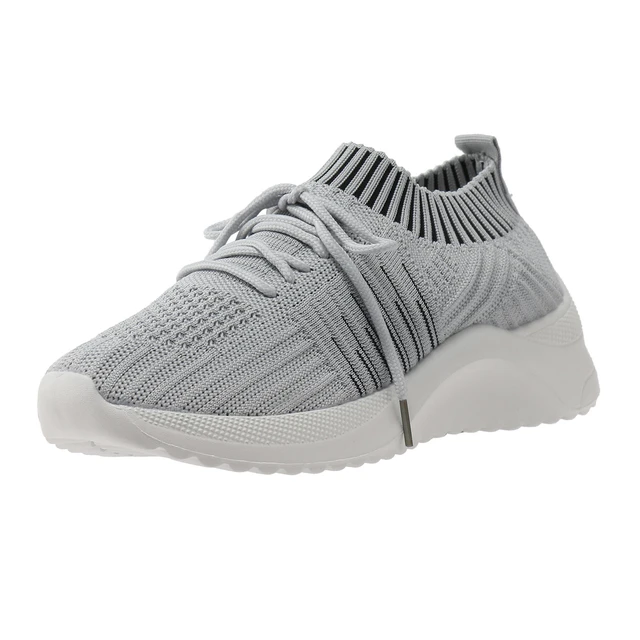
Unique Features:
How Do Nike Color Changing Shoes Stand Out in the Market?
Nike’s color changing shoes are not just about aesthetics; they incorporate various unique features that enhance both functionality and user experience.
Dynamic Aesthetics:
Visual Appeal: The most immediate and striking feature of these shoes is their ability to change colors. This creates a dynamic visual appeal that can match or contrast with different outfits or moods.
Interactive Experience: The color-changing aspect engages users in a unique way, making the shoes more than just footwear but an interactive fashion statement. This interaction enhances the overall user experience, making each wear feel innovative and new.
Performance and Comfort:
Material Quality: Despite the advanced technology, Nike ensures that the materials used remain high-quality, providing both durability and comfort. The incorporation of breathable fabrics, cushioned soles, and ergonomic designs ensure that the shoes are not just visually appealing but also practical.
Functionality: Nike color changing shoes often feature additional performance attributes like good grip, lightweight construction, and supportive midsoles, making them suitable for various activities, from casual wear to sports.
Sustainability:
Eco-Friendly Options: Nike has increasingly focused on sustainability. Some models of their color changing shoes are made with recycled materials, aligning with the brand’s broader commitment to environmental sustainability.
Longevity: The durability of these shoes ensures a longer lifespan, reducing the need for frequent replacements. This longevity contributes to a more sustainable fashion choice, decreasing overall consumption.
User Customization: How Can Wearers Personalize Their Experience with These Shoes?
One of the significant attractions of Nike color changing shoes is the potential for user customization, enhancing the personal connection between wearer and footwear.

Smartphone Integration:
App-Controlled Changes: For models using electrochromic technology, wearers can change the shoe color using a dedicated smartphone app. This feature allows for real-time customization based on the wearer’s preference or mood.
Preset Modes: The app may offer preset modes or themes, enabling users to switch among various color schemes quickly. This feature caters to different occasions, from casual daywear to evening outings.
On-Demand Adjustments:
Direct Controls: Apart from app integration, some models may feature built-in controls allowing for on-demand color changes. Buttons or touch-sensitive areas on the shoe enable users to switch colors without needing an external device.
User-Friendly Interface: Nike ensures that these controls are intuitive and user-friendly, catering to a wide range of consumer tech-savviness levels.
Maintenance and Care:
How to Properly Maintain Nike Color Changing Shoes?
Proper care and maintenance are vital to preserving the functionality and appearance of Nike color changing shoes. Adhering to the correct practices ensures longevity and sustained performance.
Cleaning and Storage:
Gentle Cleaning: Always follow the manufacturer’s instructions for cleaning. Generally, a gentle cloth or soft brush combined with mild soap and water should suffice. Avoid harsh chemicals that could damage the color-changing materials.
Proper Drying: After cleaning, air dry the shoes in a cool, shaded area. Avoid direct sunlight or high heat sources, as extreme temperatures can affect the integrity of thermochromic or electrochromic materials.
Storage: Store the shoes in a cool, dry place to maintain their quality. Keeping them in their original box or a dedicated shoe bag can protect them from dust and moisture.
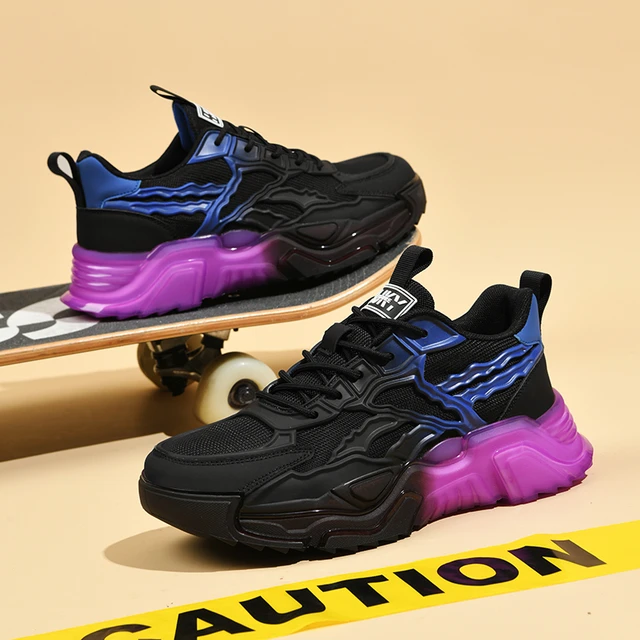
Handling Technology:
Battery Maintenance: For electrochromic models, ensure that the battery remains charged and follow the recommended charging cycles. Overcharging or leaving the battery depleted for extended periods can affect performance.
Software Updates: Regularly update the controlling app (if applicable) to benefit from the latest features, bug fixes, and performance enhancements.
Durability and Longevity:
What Factors Impact the Lifespan of These Shoes?
While Nike color changing shoes are designed to be durable, several factors can influence their longevity. Understanding these factors helps in making informed choices and ensuring the best care.
Material Wear and Tear:
Regular Use: Like any footwear, the frequency and intensity of use significantly impact the shoe’s lifespan. Regular maintenance and mindful usage can prolong durability.
Activity Type: The type of activity also affects wear and tear. Using the shoes for high-intensity sports versus casual walking can lead to different rates of material degradation.
Technological Integrity:
Component Life: The technological components, such as thermochromic or electrochromic materials and batteries, have specific lifespans. Adhering to recommended care practices helps maximize these components’ operational life.
Environmental Exposure: Extended exposure to extreme temperatures, moisture, or direct sunlight can degrade the materials and technology faster. Controlled usage and proper storage mitigate these risks.
Consumer Feedback: What Do Users Say About Their Experiences with These Shoes?
User reviews and feedback provide valuable insights into the real-world performance and appeal of Nike color changing shoes. Understanding consumer experiences helps potential buyers make informed decisions.
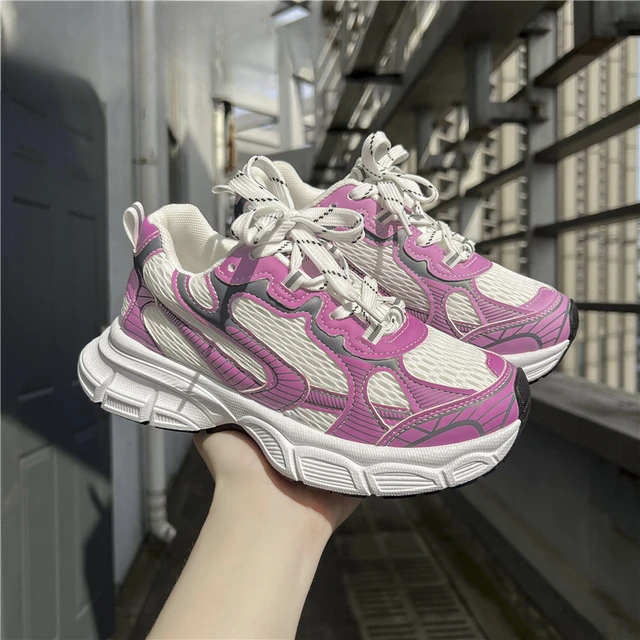
Positive Experiences:
Visual Appeal: Many users praise the striking visual aspect, noting how the color-changing feature adds a unique and personalized touch to their footwear. The dynamic aesthetics often attract compliments and attention.
Comfort and Fit: Comfort is a frequently mentioned benefit, with users appreciating the ergonomic design and quality of materials used. The fit is often highlighted as being true to size and supportive.
Customization: For models with app integration, users enjoy the customization options, finding it easy to switch colors and tailor their shoes to their preferences or outfits.
Challenges:
Battery Life: Some users point out concerns with battery life in electrochromic models, suggesting improvements for longer-lasting charges or quicker charging times.
Price Point: The advanced technology and unique features generally come at a higher price point, which can be a consideration for some buyers. However, many feel the benefits and innovation justify the cost.
Sustainability Concerns:
Material Sourcing: Eco-conscious consumers appreciate Nike’s efforts towards using recycled materials but suggest continuous improvements for greater sustainability and transparency in sourcing practices.
Conclusion
Nike color changing shoes represent an exciting intersection of fashion, technology, and innovation. The combination of thermochromic and electrochromic materials allows for dynamic, personalized footwear experiences. Unique features such as high-frequency vibrations, fluid dynamics, and customization through smartphone apps set these shoes apart from traditional footwear. Proper use, maintenance, and understanding of user experiences ensure that wearers can maximize their benefits. Looking ahead, continuous advancements in customization, sustainability, and accessibility promise an even brighter future for color changing footwear, solidifying Nike’s position as a leader in innovative shoe design.

